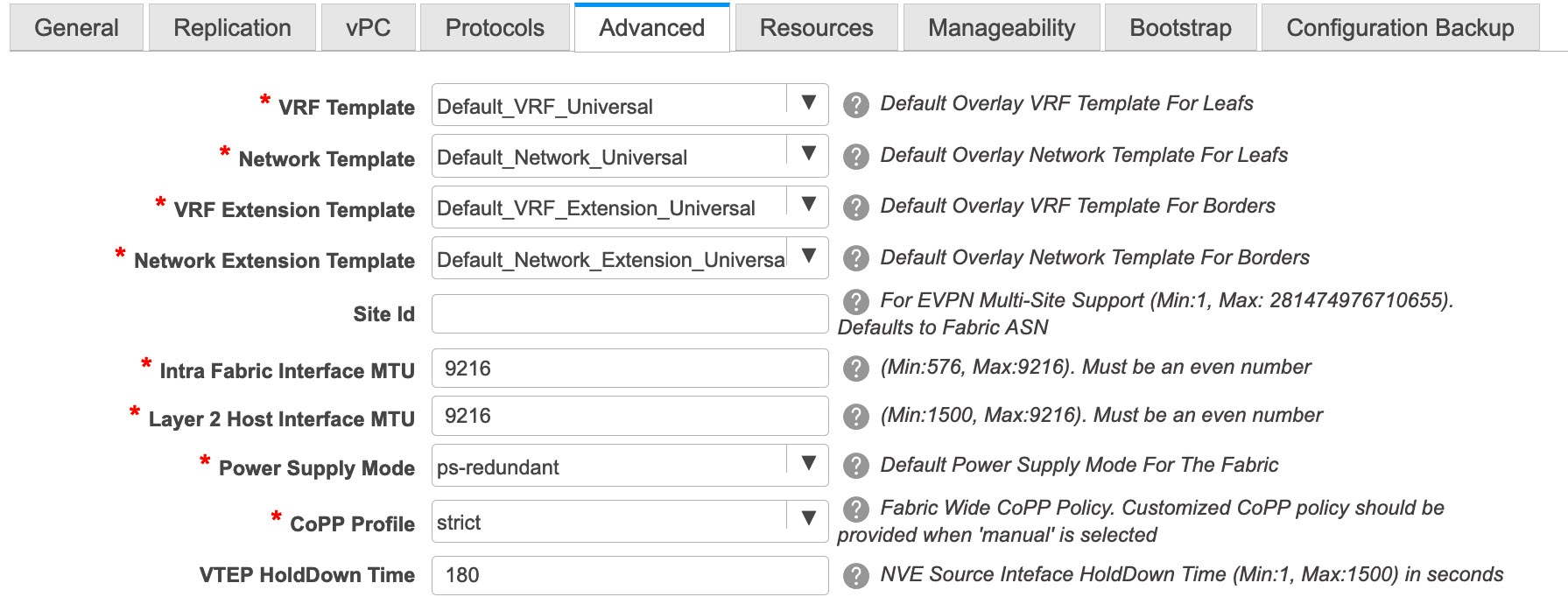
VRF Template and VRF Extension Template: Specifies the VRF template for creating VRFs, and the VRF extension template for enabling VRF extension to other fabrics.
Network Template and Network Extension Template: Specifies the network template for creating networks, and the network extension template for extending networks to other
fabrics.
You must not change the templates when migrating. Only the Universal templates are supported for overlay migration.
Site ID - The ID for this fabric if you are moving this fabric within an MSD. You can update this field post-migration.
Intra Fabric Interface MTU - Specifies the MTU for the intra fabric interface. This value should be an even number.
Layer 2 Host Interface MTU - Specifies the MTU for the layer 2 host interface. This value should be an even number.
Power Supply Mode - Choose the appropriate power supply mode.
CoPP Profile - Choose the Control Plane Policing (CoPP) profile policy used in the existing fabric. By default, the strict option is populated.
VTEP HoldDown Time - Specifies the NVE source interface hold down time.
Brownfield Overlay Network Name Format: Enter the format to be used to build the overlay network name during a brownfield import or migration. The network name
should not contain any white spaces or special characters except underscore (_) and hyphen (-). The network name must not
be changed once the brownfield migration has been initiated. See the Creating Networks for the Standalone Fabric section for the naming convention of the network name. The syntax is [<string> | $$VLAN_ID$$] $$VNI$$ [<string>| $$VLAN_ID$$] and the default value is Auto_Net_VNI$$VNI$$_VLAN$$VLAN_ID$$. When you create networks, the name is generated according to the syntax you specify. The following table describes the variables
in the syntax.
|
Variables
|
Description
|
|
$$VNI$$
|
Specifies the network VNI ID found in the switch configuration. This is a mandatory keyword required to create unique network
names.
|
|
$$VLAN_ID$$
|
Specifies the VLAN ID associated with the network.
VLAN ID is specific to switches, hence DCNM will pick the VLAN ID from one of the switches, where the network is found, randomly
and use it in the name.
We recommend not to use this unless the VLAN ID is consistent across the fabric for the VNI.
|
|
<string>
|
This variable is optional and you can enter any number of alphanumeric characters that meet the network name guidelines.
|
Example overlay network name: Site_VNI12345_VLAN1234
| Note
|
Ignore this field for greenfield deployments. The Brownfield Overlay Network Name Format applies for the following brownfield imports:
|
Enable VXLAN OAM - Enables the VXLAM OAM function for existing switches.
This is enabled by default. Clear the check box to disable VXLAN OAM function.
If you want to enable the VXLAN OAM function on specific switches and disable on other switches in the fabric, you can use
freeform configurations to enable OAM and disable OAM in the fabric settings.
| Note
|
The VXLAN OAM feature in Cisco DCNM is only supported on a single fabric or site.
|
Note that the NGOAM feature is unsupported on switches with the Cisco NX-OS Release 7.0(3)I4(8b) and 7.0(4)I4(x) images.
Enable Tenant DHCP – Select the check box to enable the tenant DHCP support.
| Note
|
Ensure that Enable Tenant DHCP is enabled before enabling DHCP related parameters in the overlay profiles.
|
Enable NX-API - Specifies enabling of NX-API.
Enable NX-API on HTTP - Specifies enabling of NX-API on HTTP.
Enable Policy-Based Routing (PBR) - Select this check box to enable routing of packets based on the specified policy. For information on Layer 4-Layer 7 service,
refer Layer 4-Layer 7 Service.
Enable Strict Config Compliance - Enable the Strict Config Compliance
feature by selecting this check box. By default, this feature is disabled.
For more information, refer Strict Configuration
Compliance.
| Note
|
If Strict Config Compliance is enabled in a fabric, you cannot deploy Network Insights for Resources on Cisco DCNM.
|
Enable AAA IP Authorization - Enables AAA IP authorization, when IP Authorization is enabled in the AAA Server.
Greenfield Cleanup Option – Enable or disable the switch cleanup option for Greenfield switches. This is applicable post-migration when new switches
are added.
Enable Precision Time Protocol (PTP): Enables PTP across a fabric. When you select this check box, PTP is enabled globally and on core-facing interfaces. Additionally,
the PTP Source Loopback Id and PTP Domain Id fields are editable. For more information, see Precision Time Protocol for Easy Fabric in Cisco DCNM LAN Fabric Configuration Guide.
PTP Source Loopback Id: Specifies the loopback interface ID Loopback that is used as the Source IP Address for all PTP packets. The valid values
range from 0 to 1023. The PTP loopback ID cannot be the same as RP, Phantom RP, NVE, or MPLS loopback ID. Otherwise, an error
will be generated. The PTP loopback ID can be the same as BGP loopback or user-defined loopback which is created from DCNM.
If the PTP loopback ID is not found during Save & Deploy, the following error is generated:
Loopback interface to use for PTP source IP is not found. Please create PTP loopback interface on all the devices to enable
PTP feature.
PTP Domain Id: Specifies the PTP domain ID on a single network. The valid values range from 0 to 127.
Enable MPLS Handoff: Select the check box to enable the MPLS Handoff feature. For more information, see Border Provisioning Use Case in VXLAN BGP EVPN Fabrics - MPLS SR and LDP Handoff.
Note: For the brownfield import, you need to select the Enable MPLS Handoff feature. Most of the IFC configuration will be captured in switch_freeform.
Underlay MPLS Loopback Id: Specifies the underlay MPLS loopback ID. The default value is 101.
Enable Default Queuing Policies: Check this check box to apply QoS policies on all the switches in this fabric. To remove the QoS policies that you applied
on all the switches, uncheck this check box, update all the configurations to remove the references to the policies, and save
and deploy. From Cisco DCNM Release 11.3(1), pre-defined QoS configurations are included that can be used for various Cisco
Nexus 9000 Series Switches. When you check this check box, the appropriate QoS configurations are pushed to the switches in
the fabric. The system queuing is updated when configurations are deployed to the switches. You can perform the interface
marking with defined queuing policies, if required, by adding the required configuration to the per interface freeform block.
Review the actual queuing policies by opening the policy file in the template editor. From Cisco DCNM Web UI, choose Control > Template Library. Search for the queuing policies by the policy file name, for example, queuing_policy_default_8q_cloudscale. Choose the file and click the Modify/View template icon to edit the policy.
See the Cisco Nexus 9000 Series NX-OS Quality of Service Configuration Guide for platform specific details.
N9K Cloud Scale Platform Queuing Policy: Choose the queuing policy from the drop-down list to be applied to all Cisco Nexus 9200 Series Switches and the Cisco Nexus
9000 Series Switches that ends with EX, FX, and FX2 in the fabric. The valid values are queuing_policy_default_4q_cloudscale and queuing_policy_default_8q_cloudscale. Use the queuing_policy_default_4q_cloudscale policy for FEXes. You can change from the queuing_policy_default_4q_cloudscale policy to the queuing_policy_default_8q_cloudscale policy only when FEXes are offline.
N9K R-Series Platform Queuing Policy: Choose the queuing policy from the drop-down list to be applied to all Cisco Nexus switches that ends with R in the fabric.
The valid value is queuing_policy_default_r_series.
Other N9K Platform Queuing Policy: Choose the queuing policy from the drop-down list to be applied to all other switches in the fabric other than the switches
mentioned in the above two options. The valid value is queuing_policy_default_other.
Leaf Freeform Config and Spine Freeform Config - You can enter these fields after fabric transitioning is complete, as needed.
Intra-fabric Links Additional Config - You can enter this field after fabric transitioning is complete, as needed.
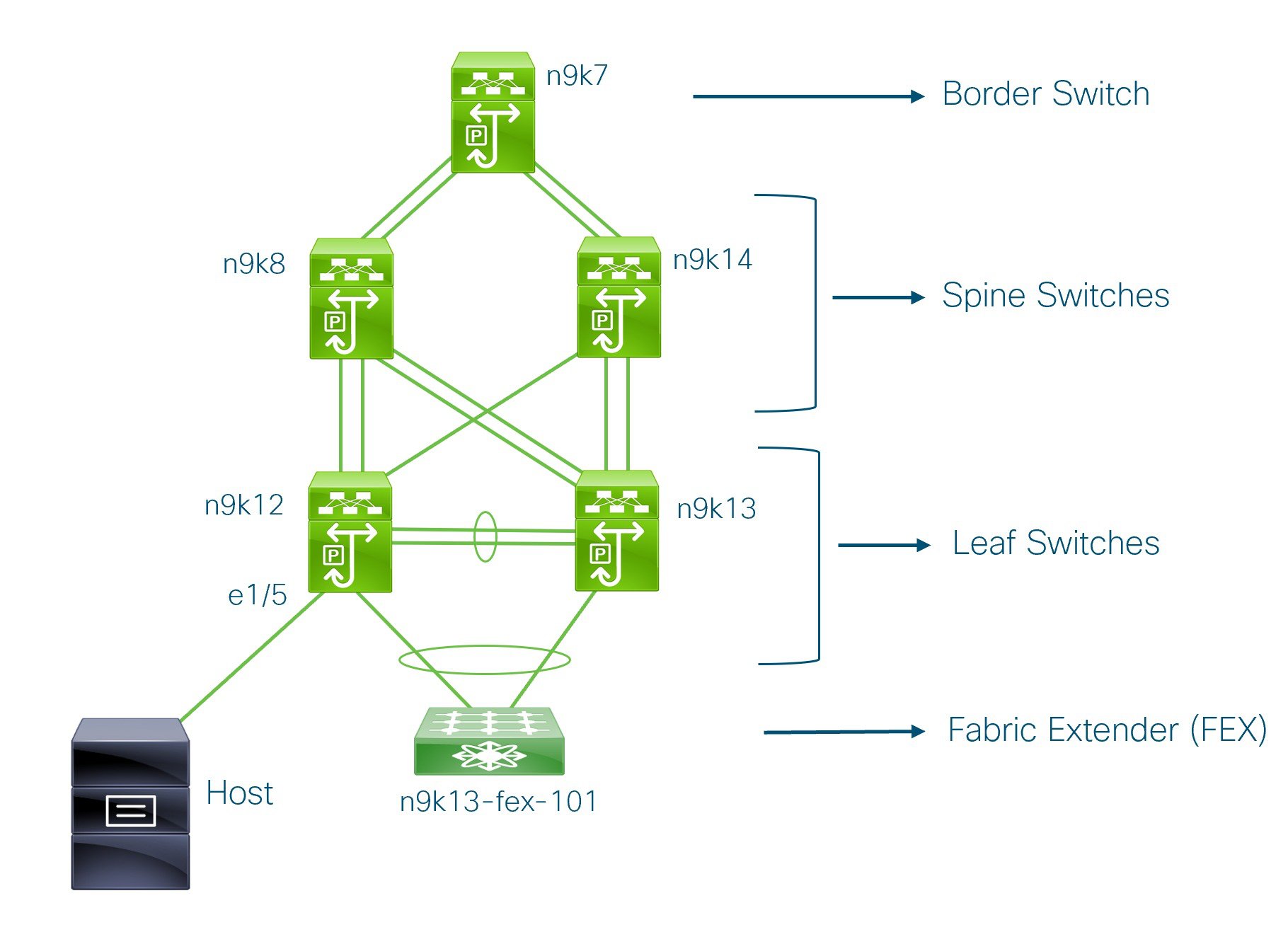
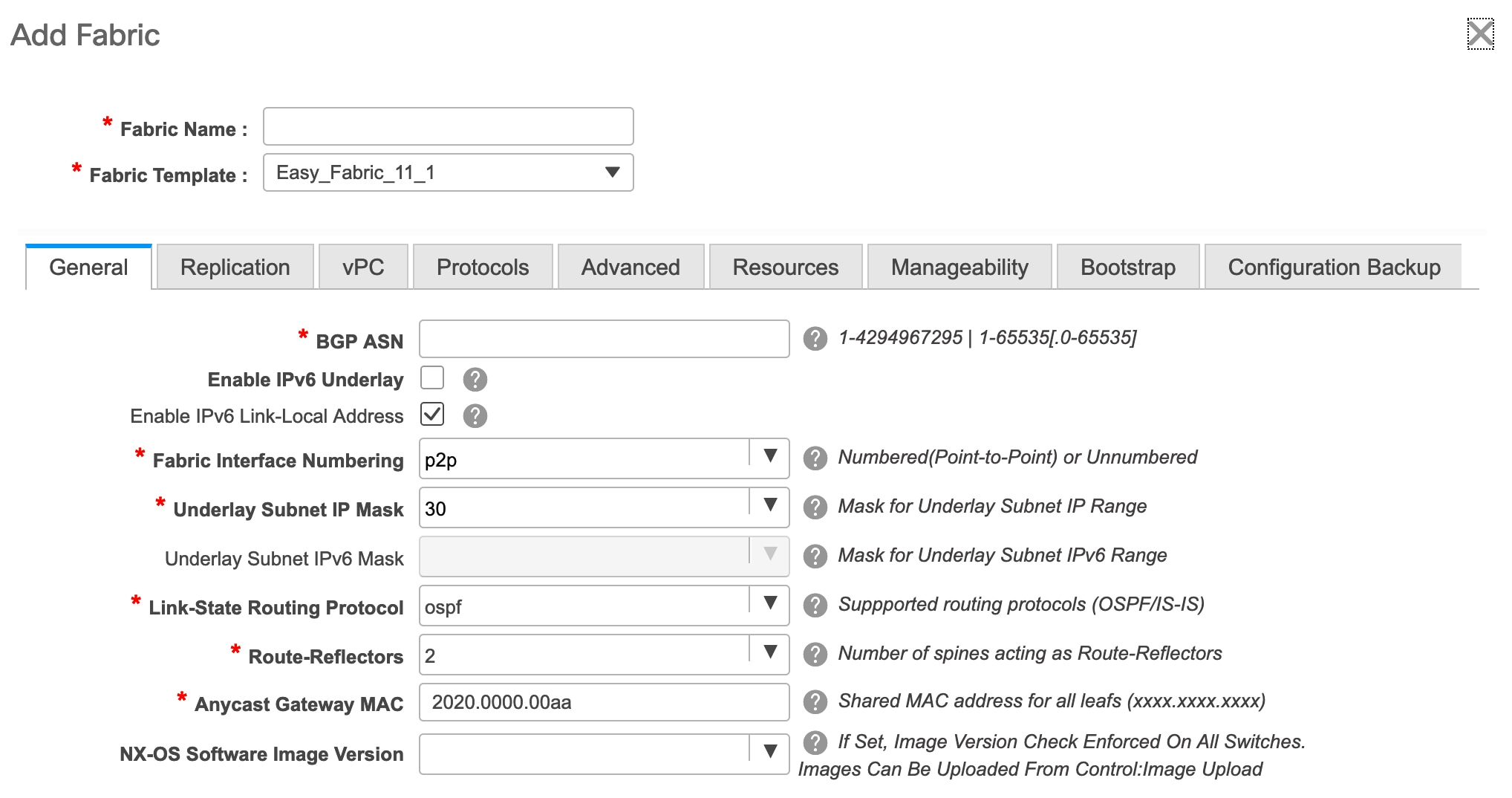
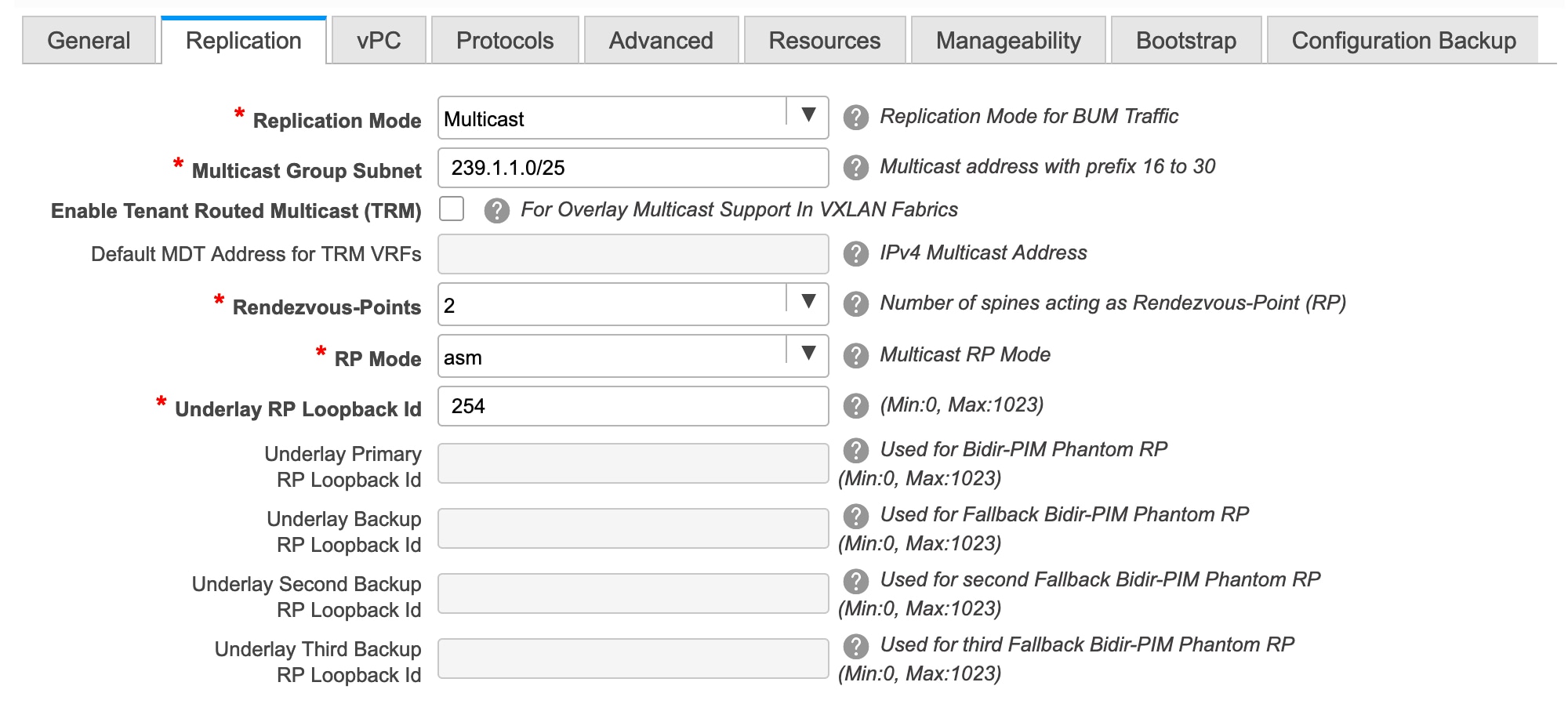
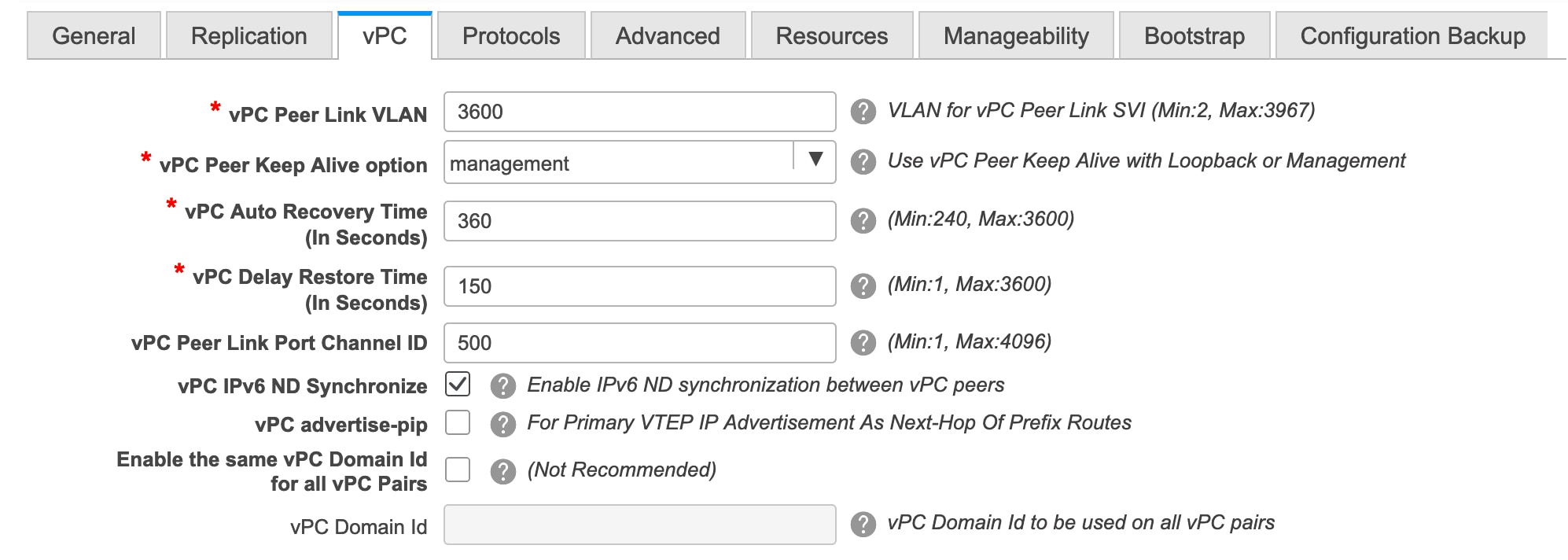
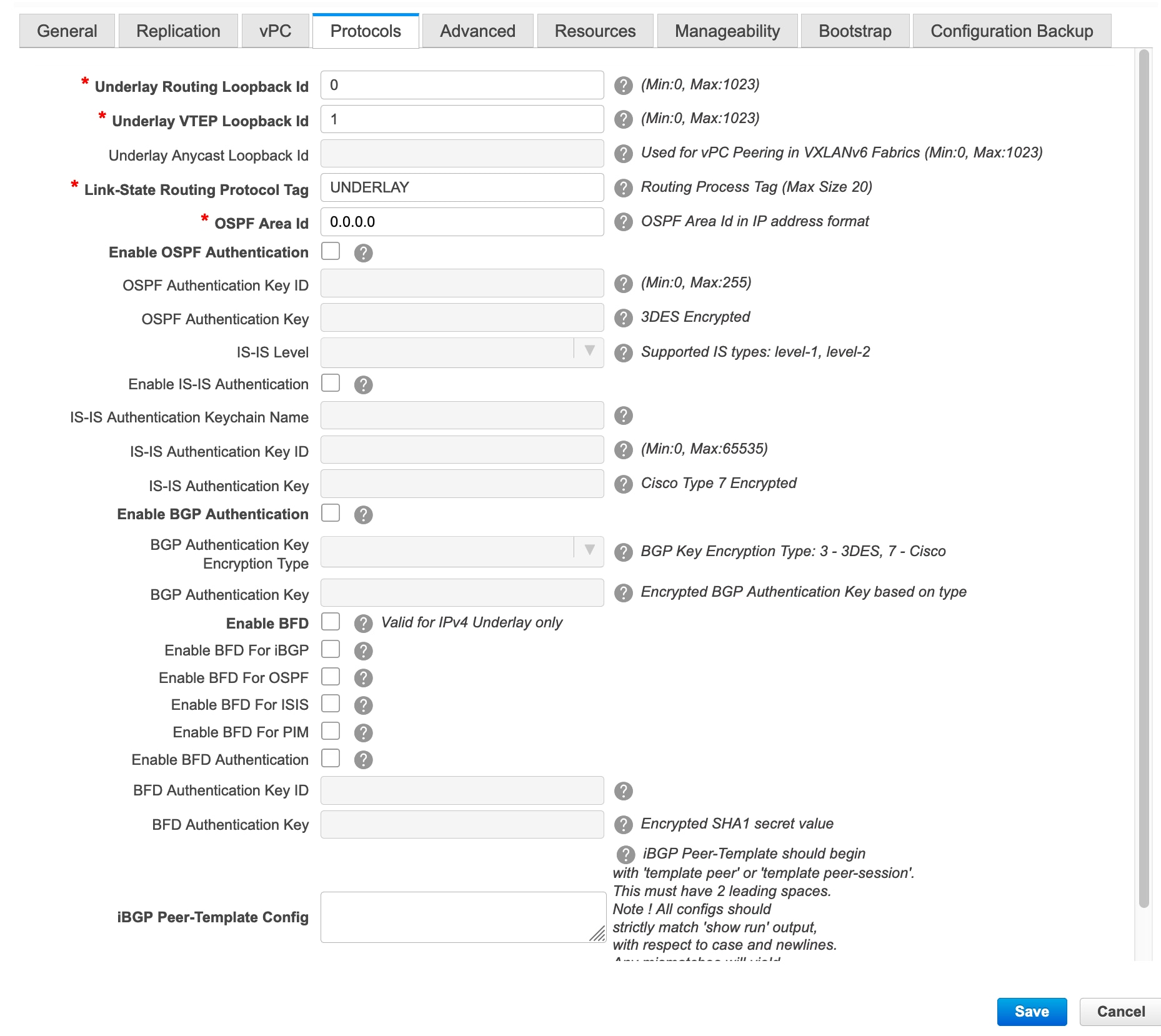

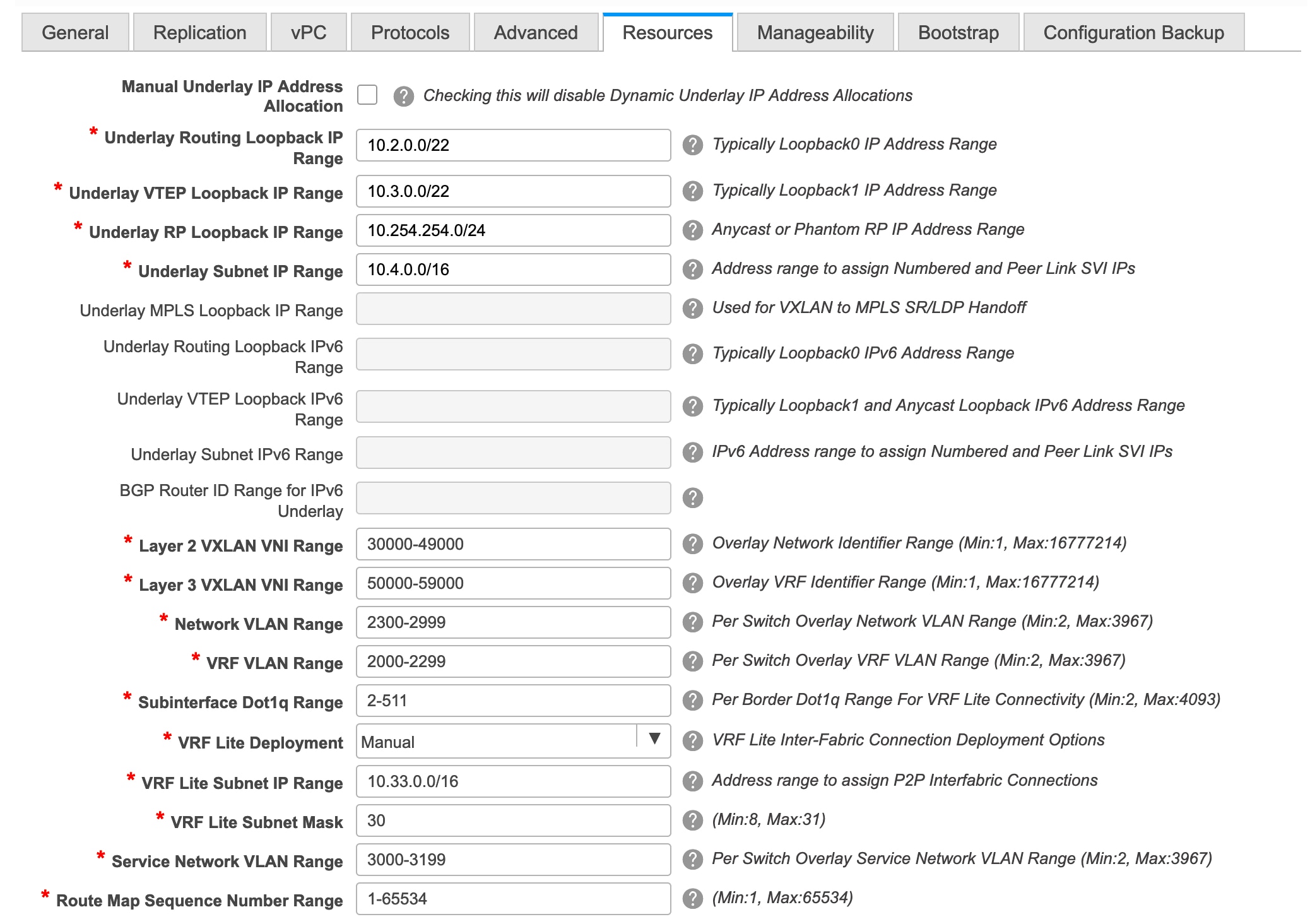
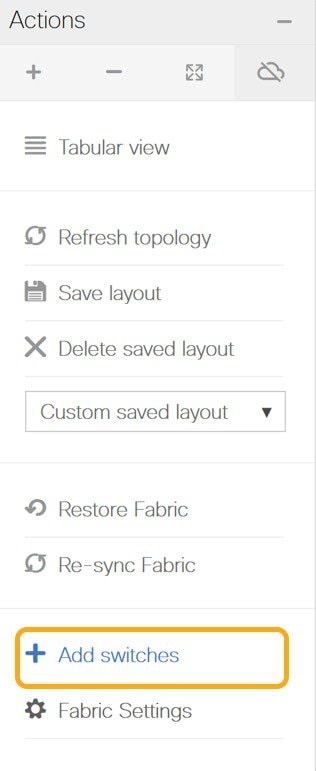
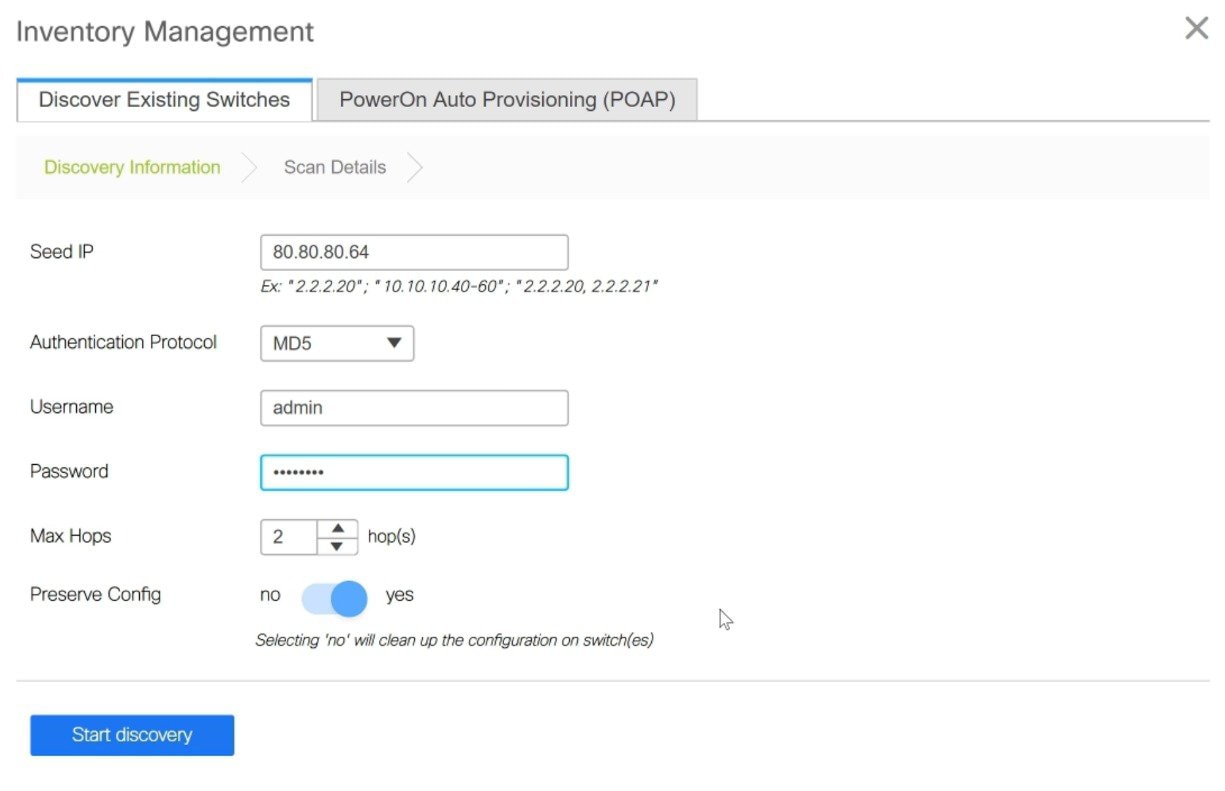
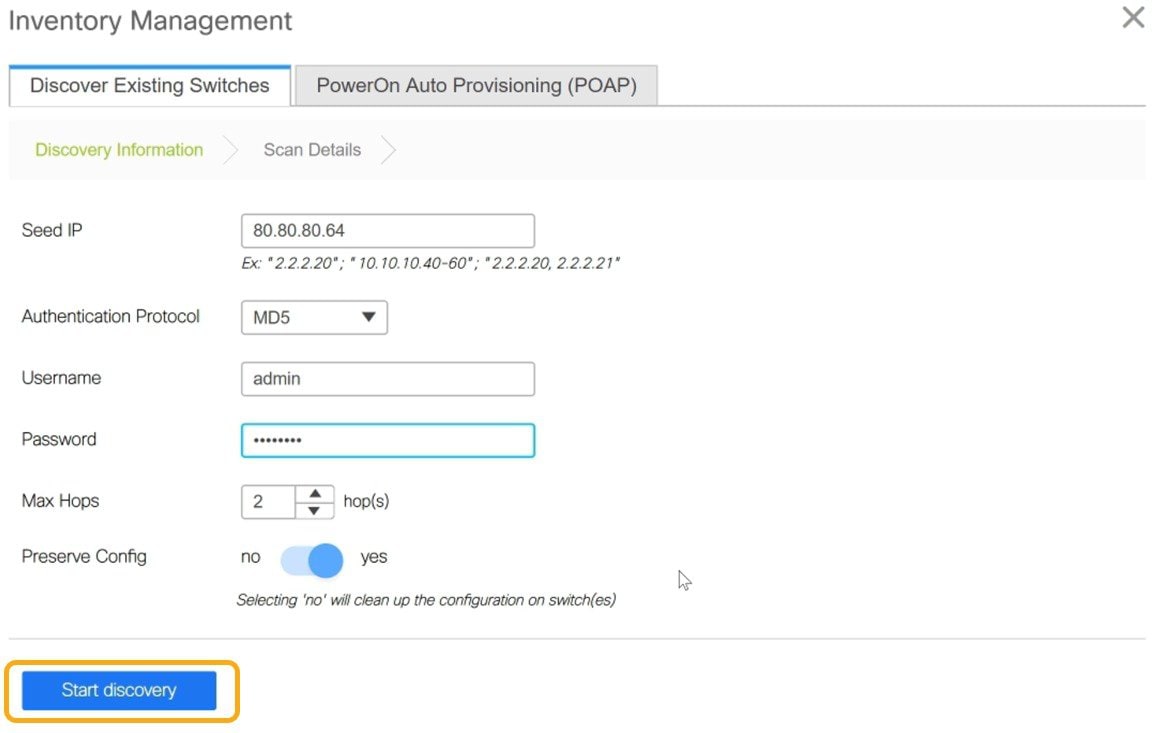

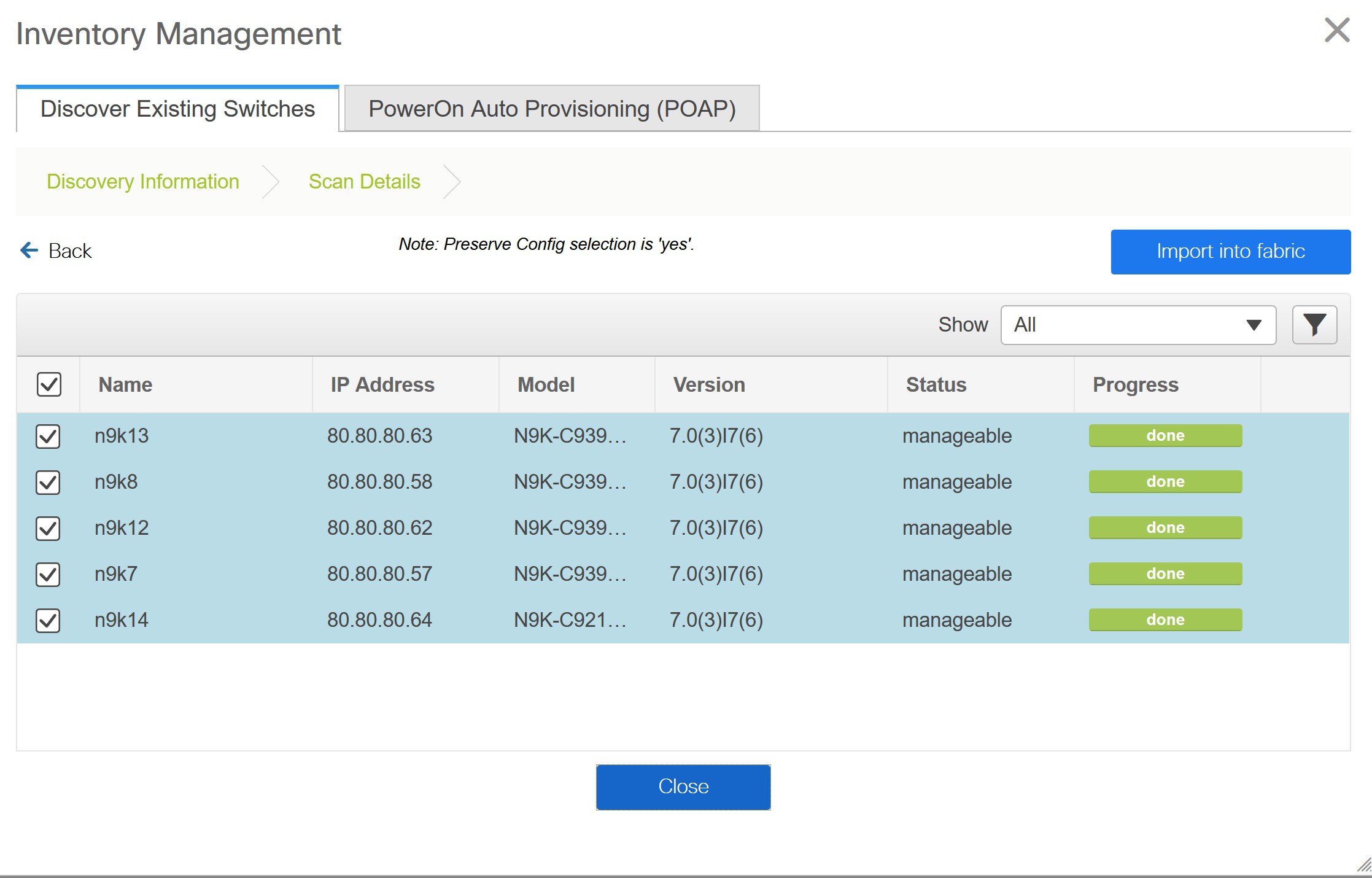
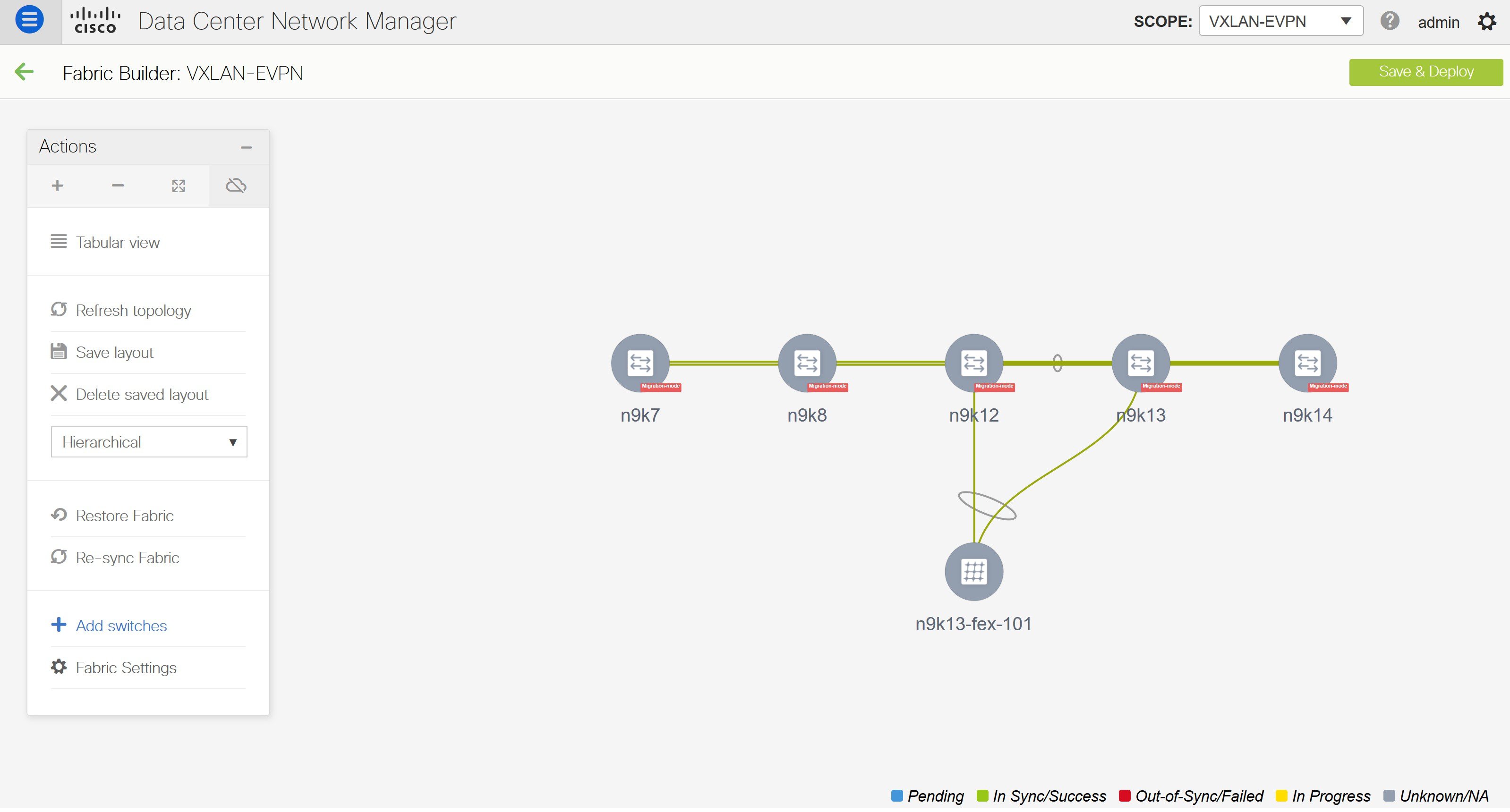
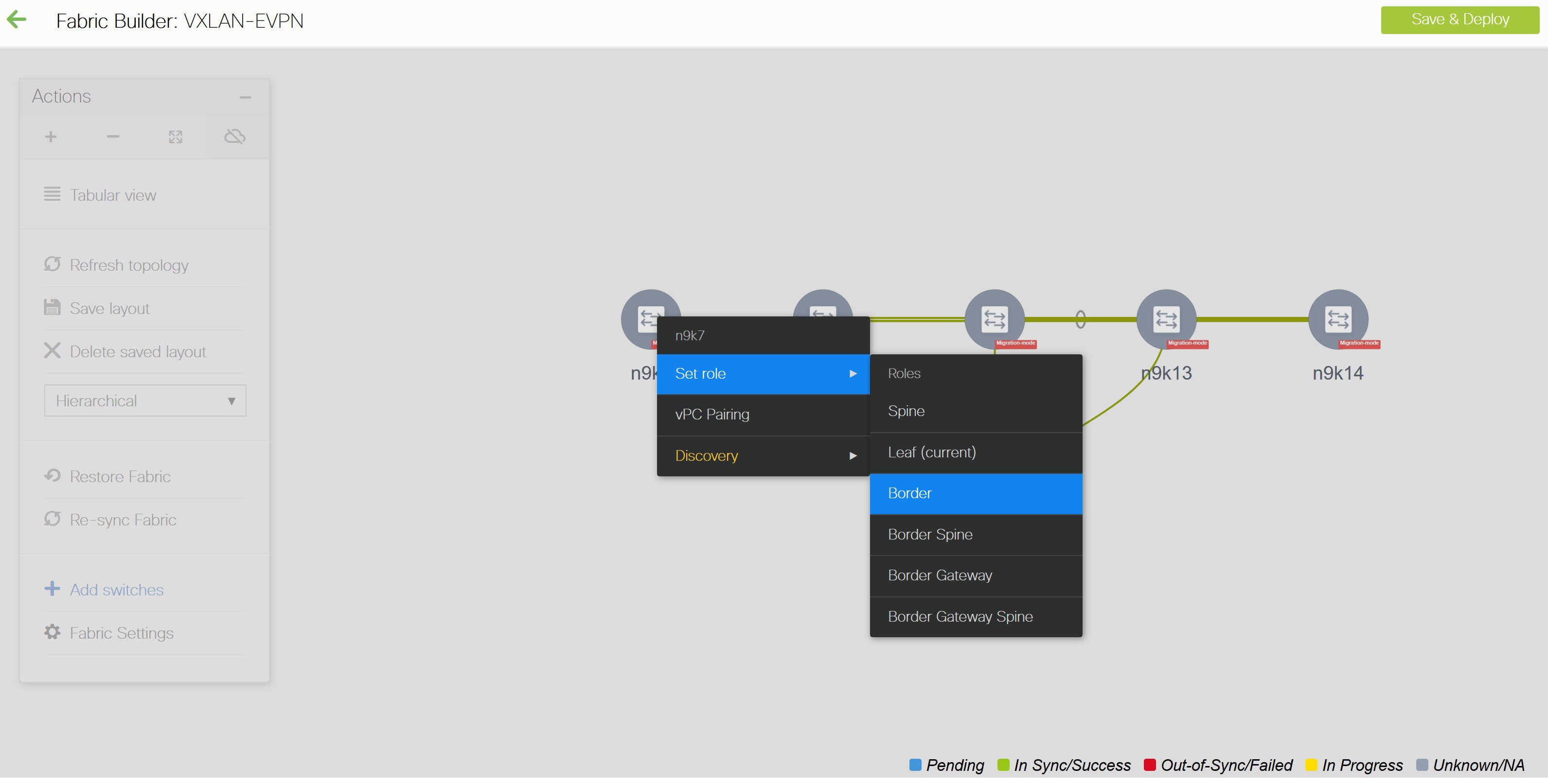
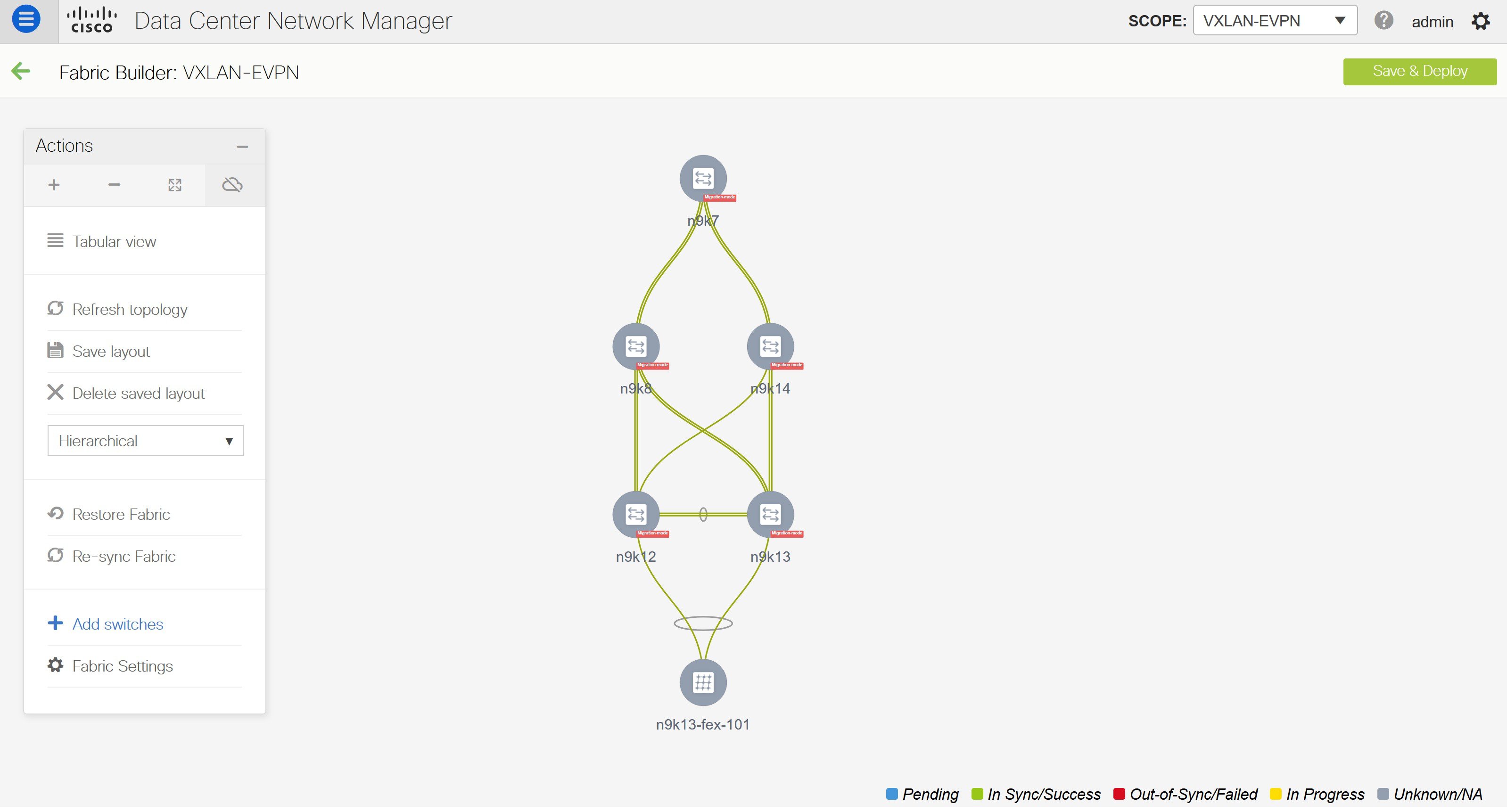
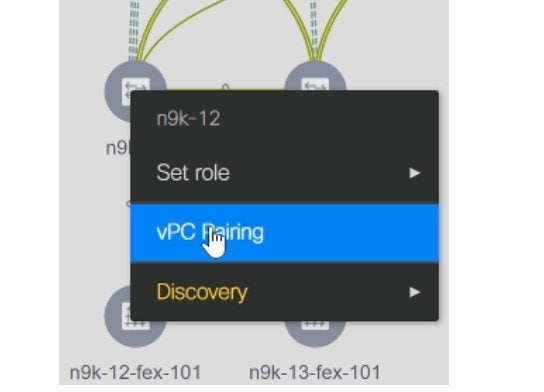
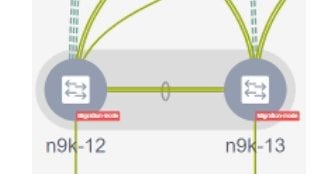
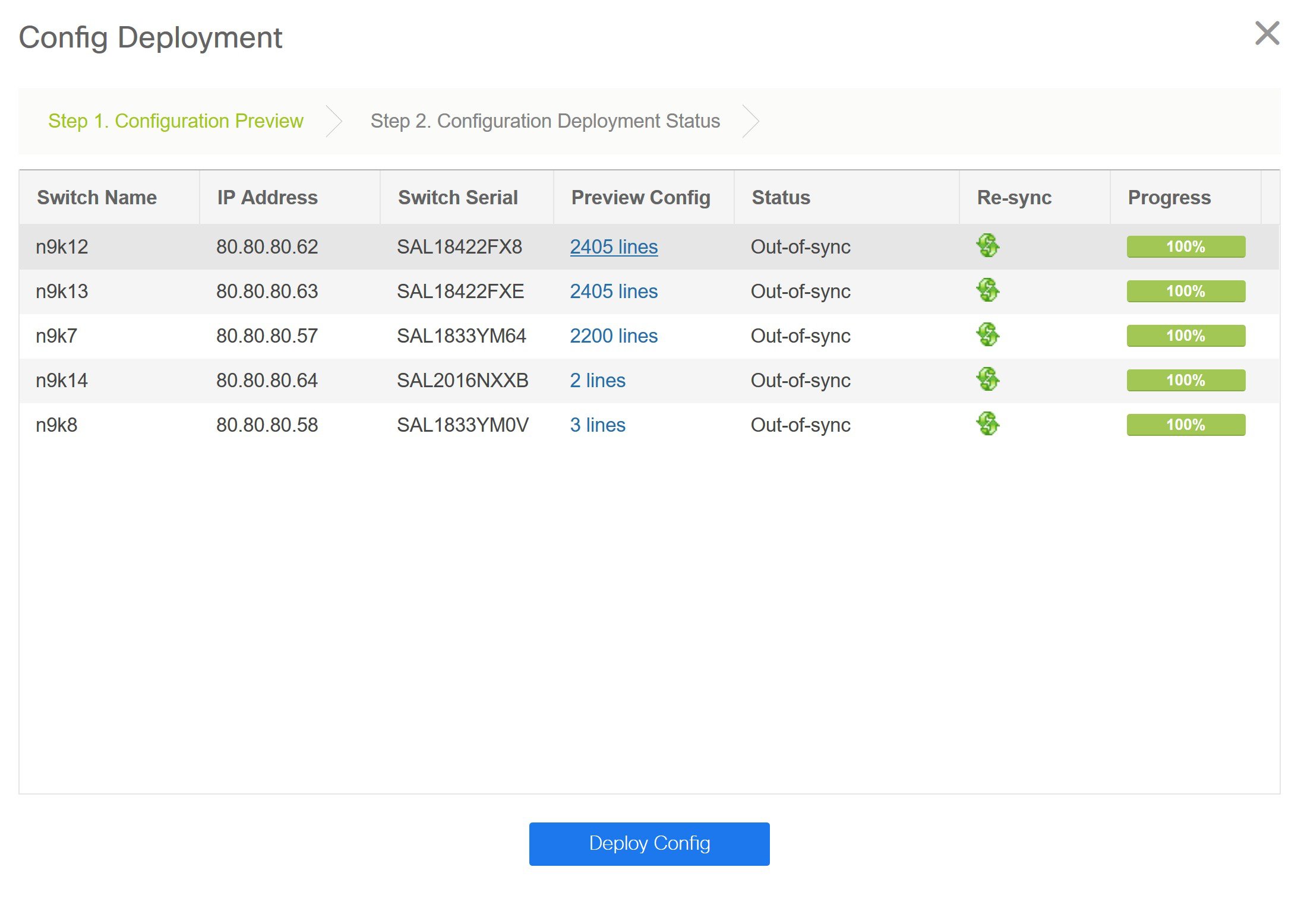
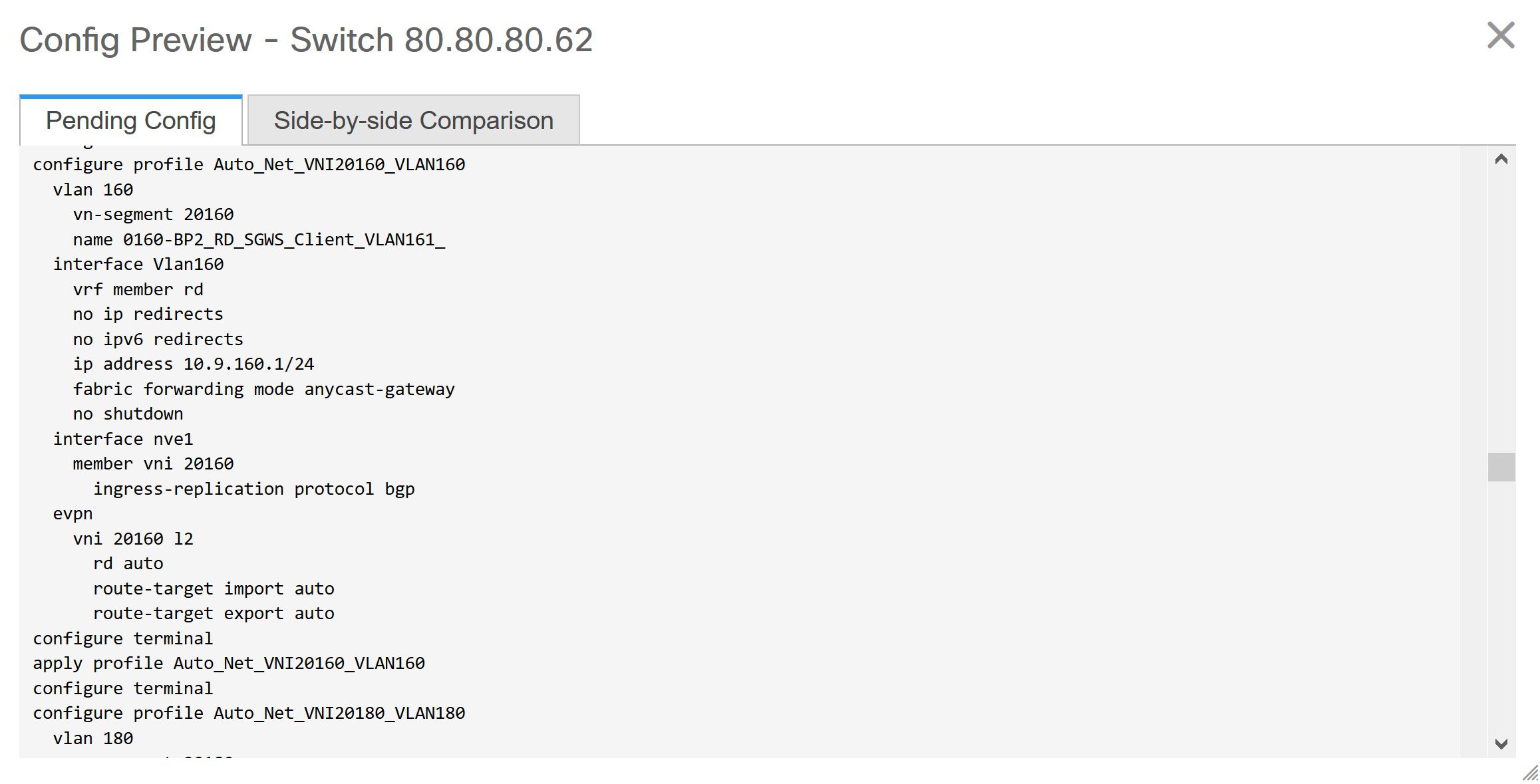
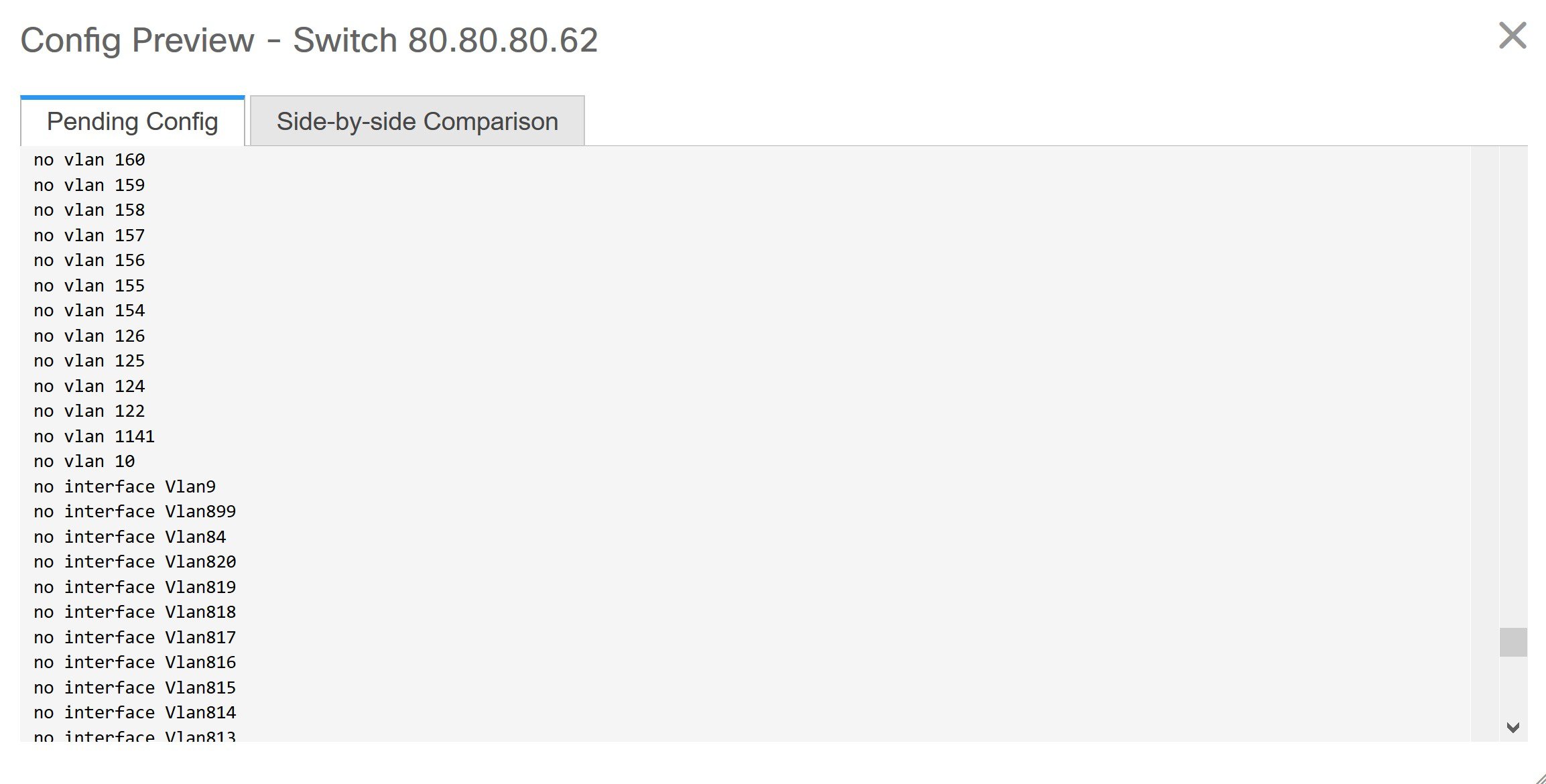
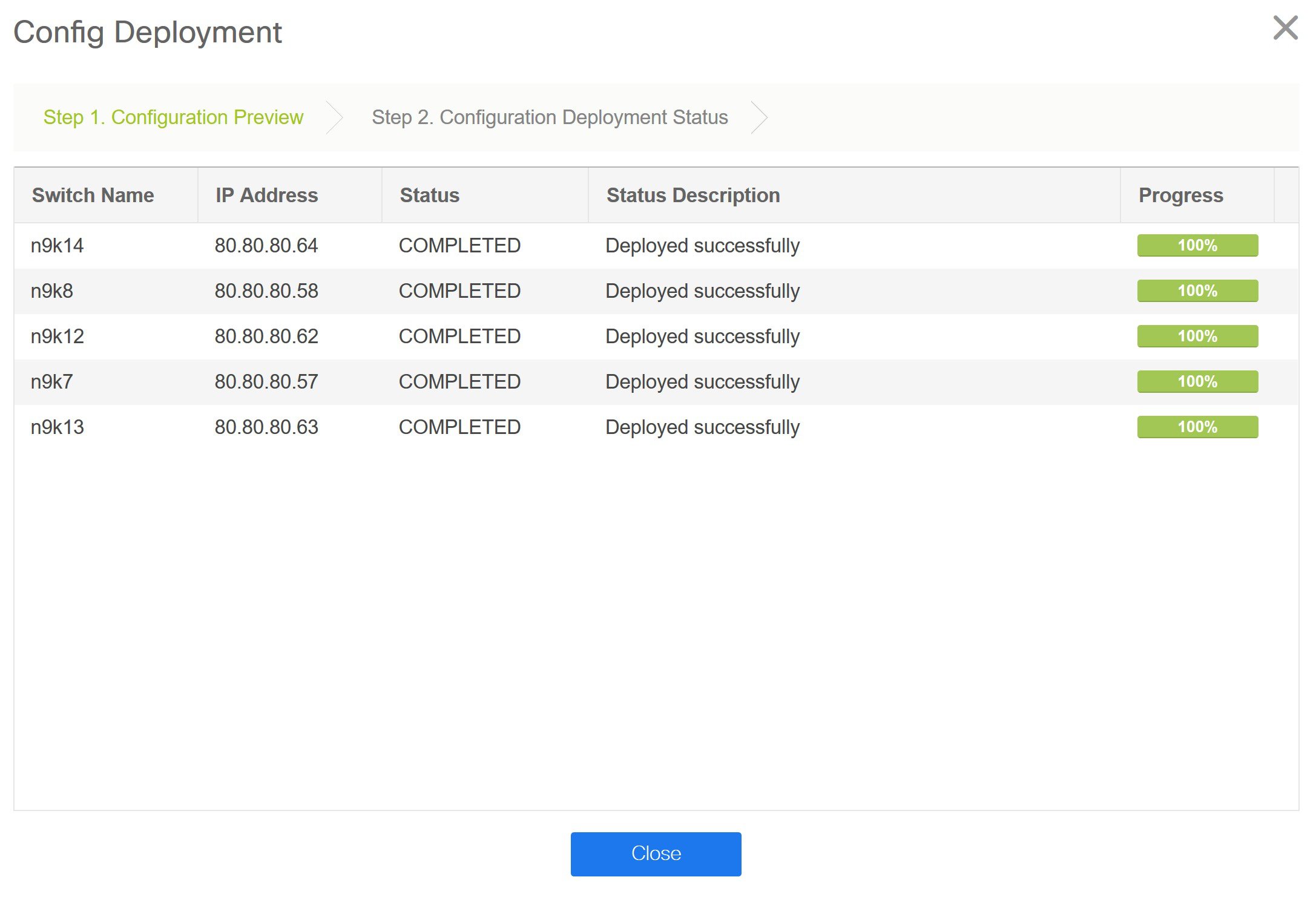
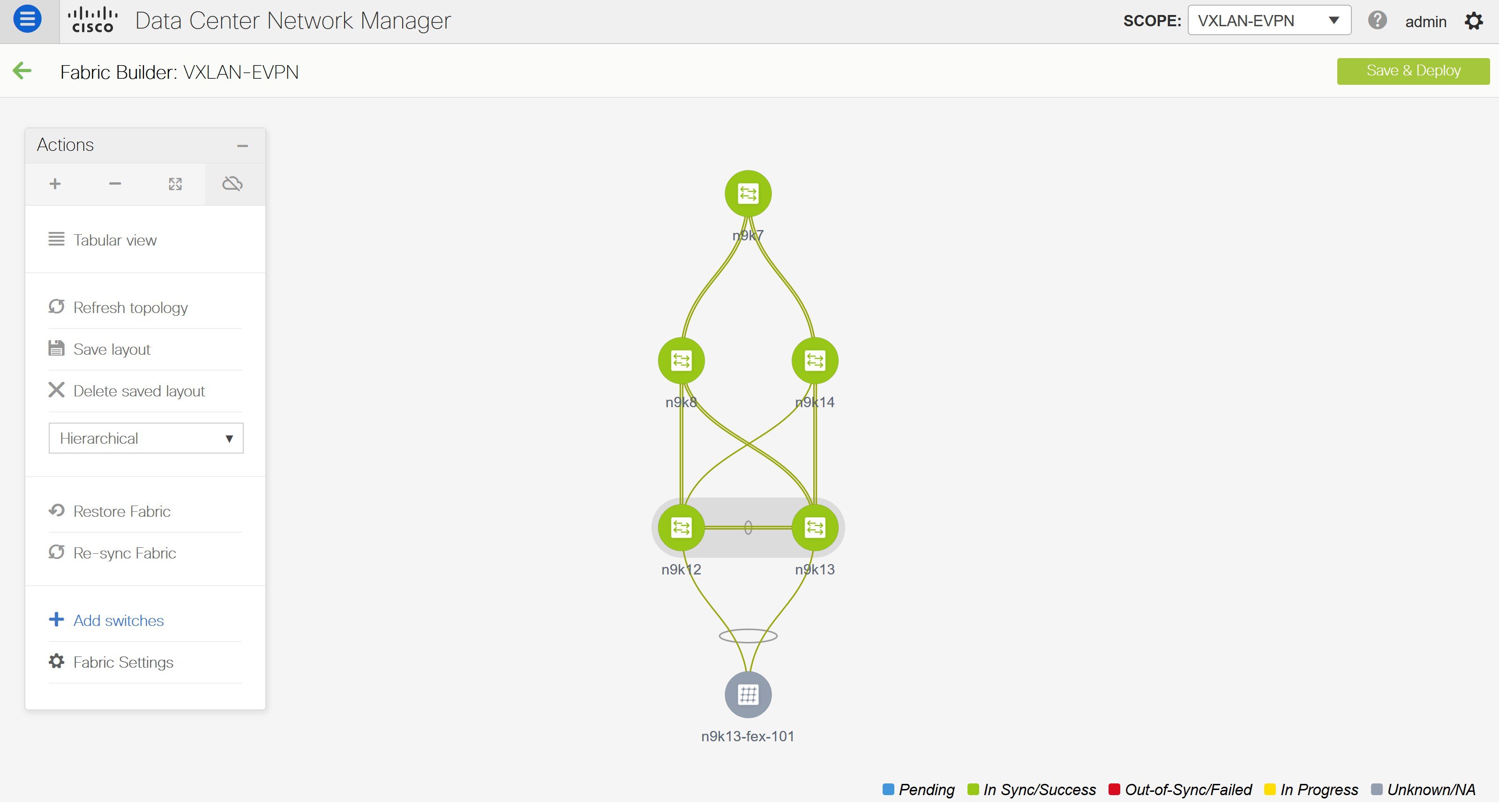
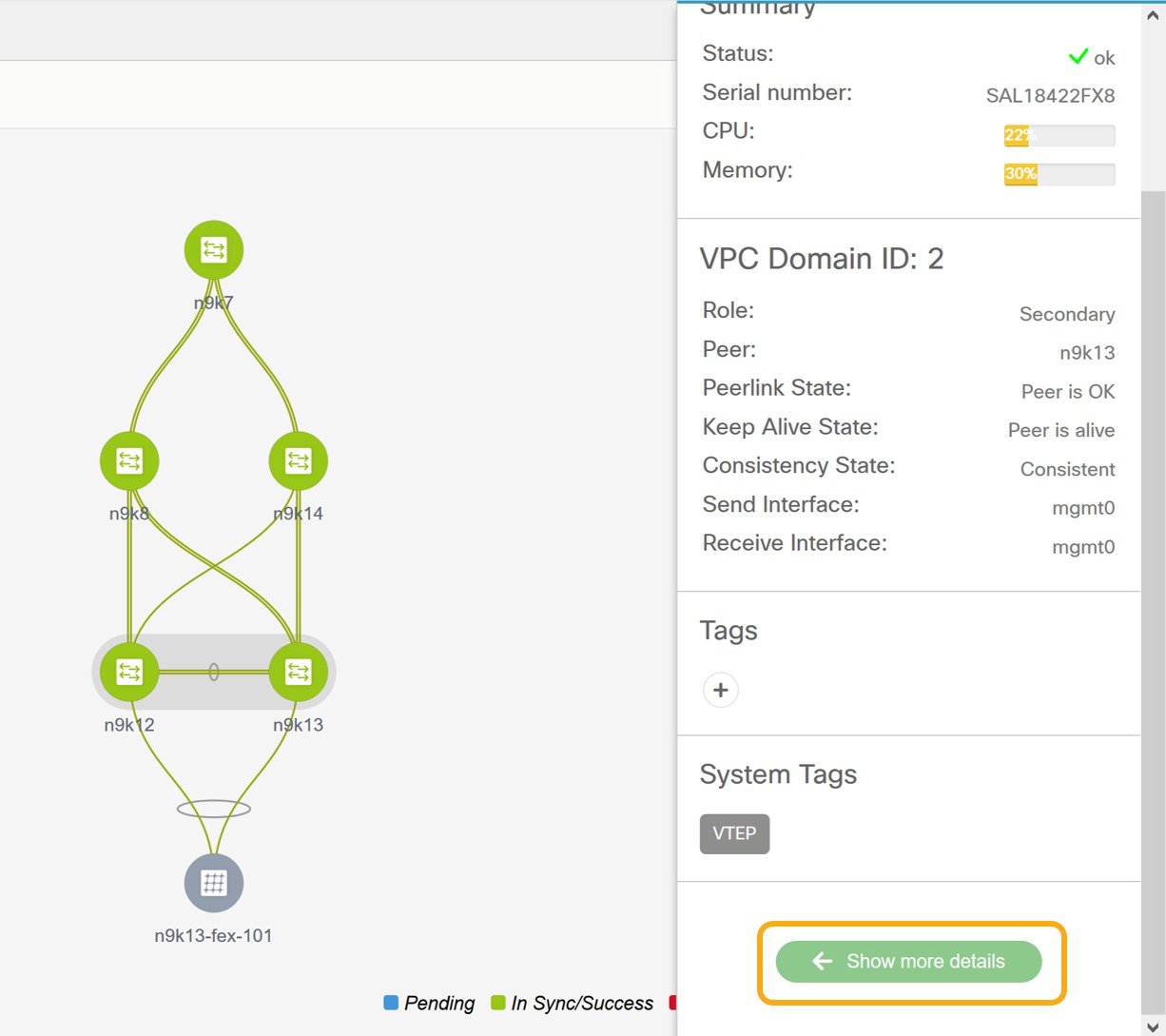
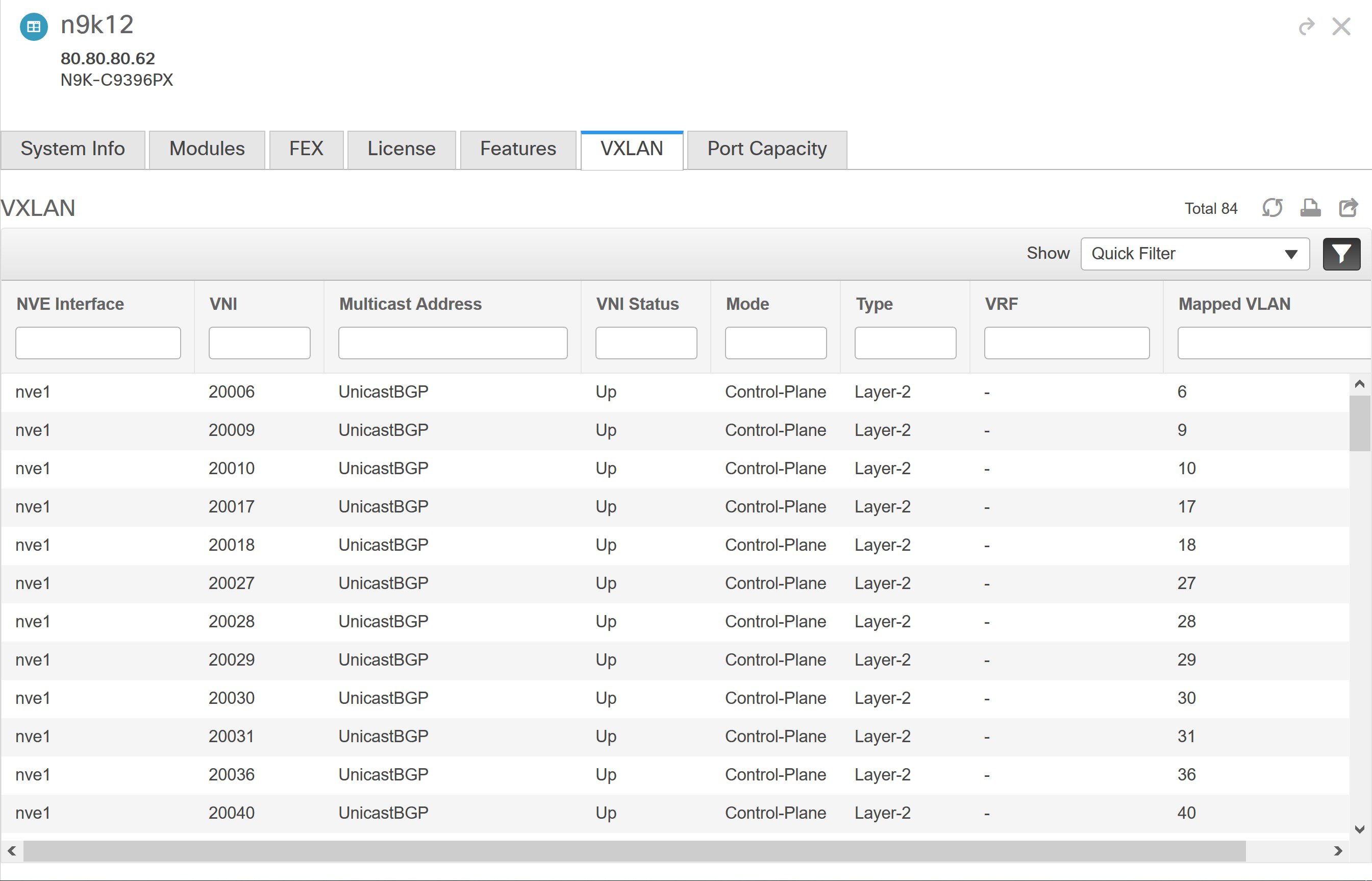
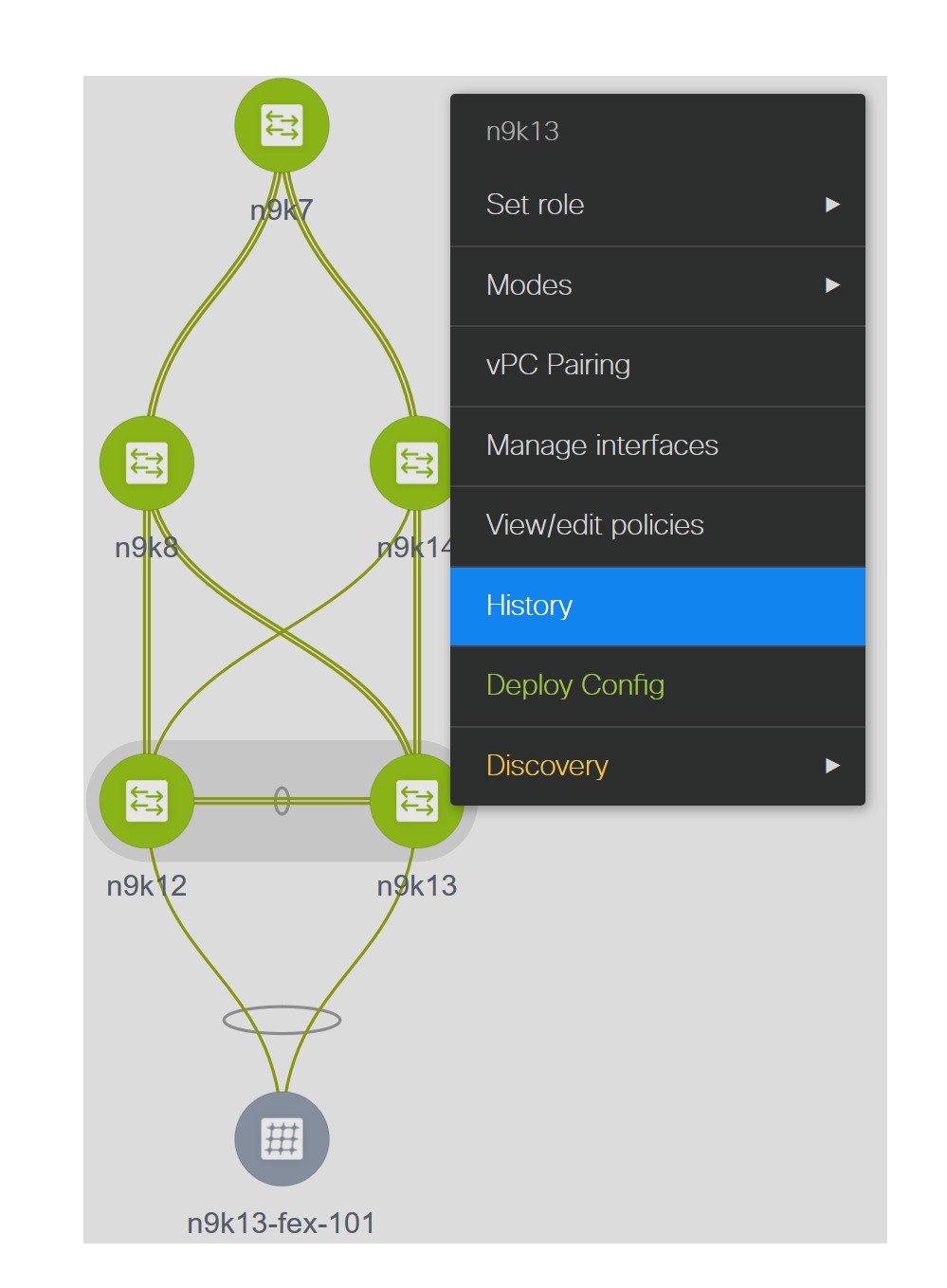
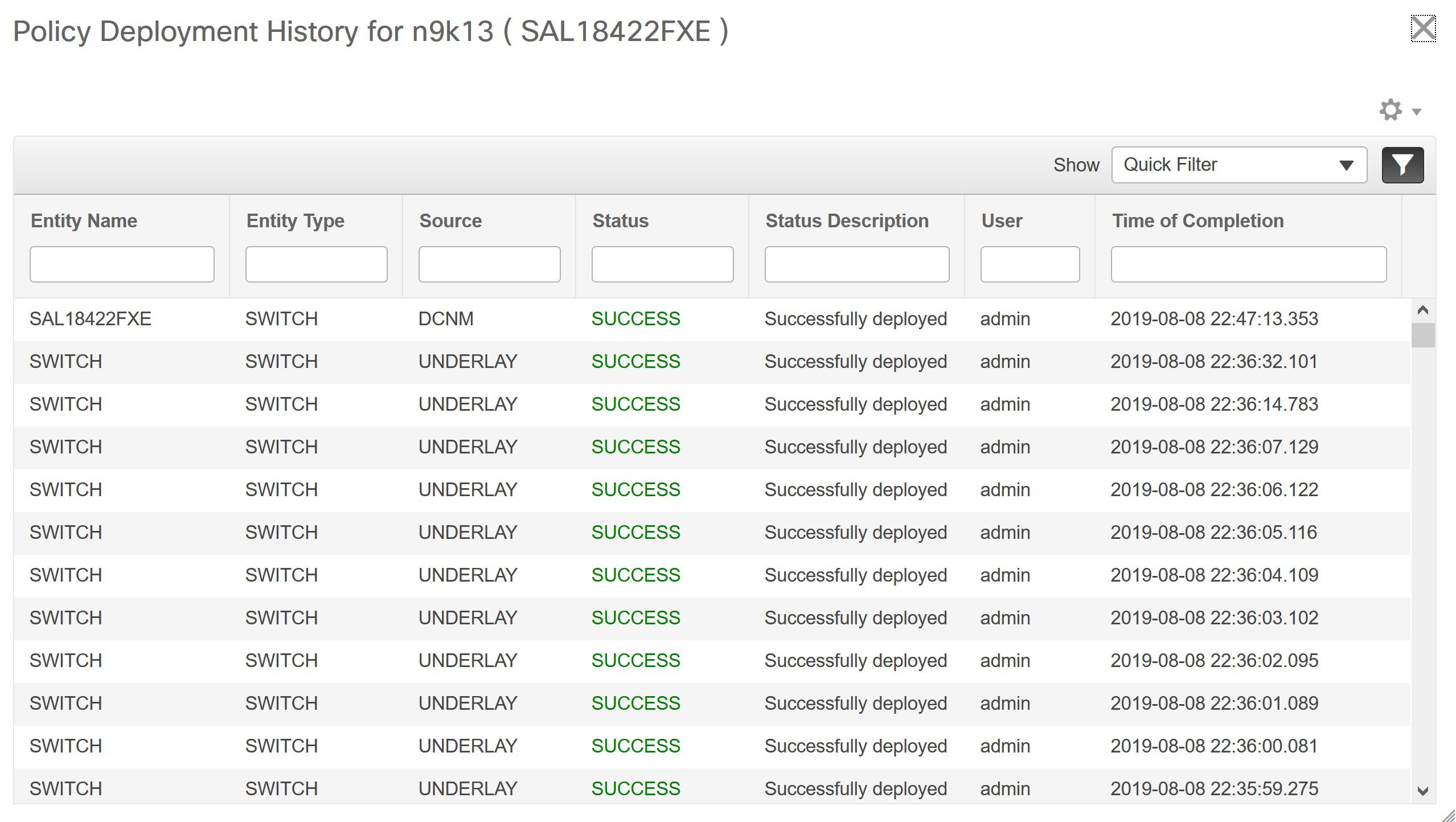
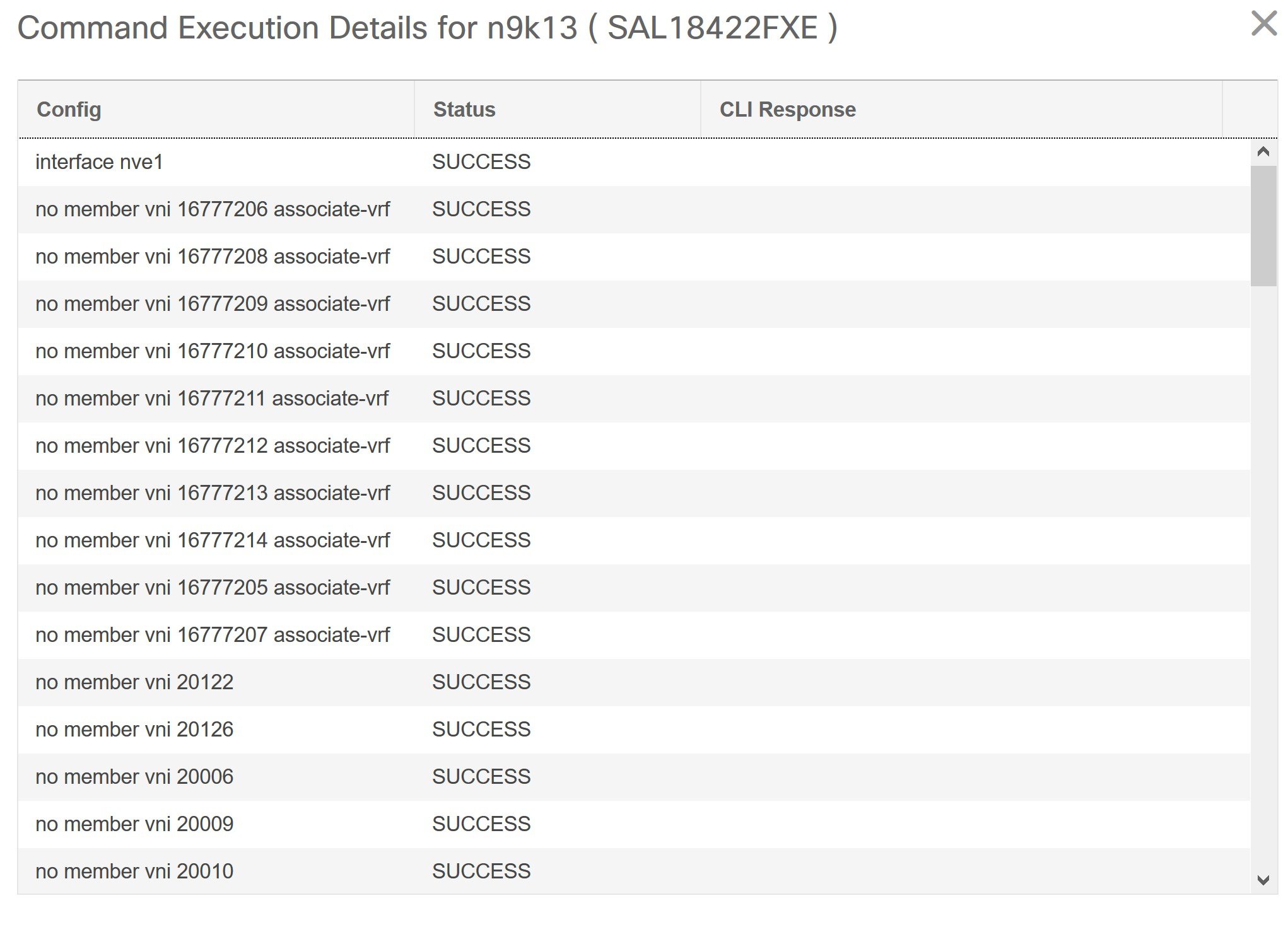
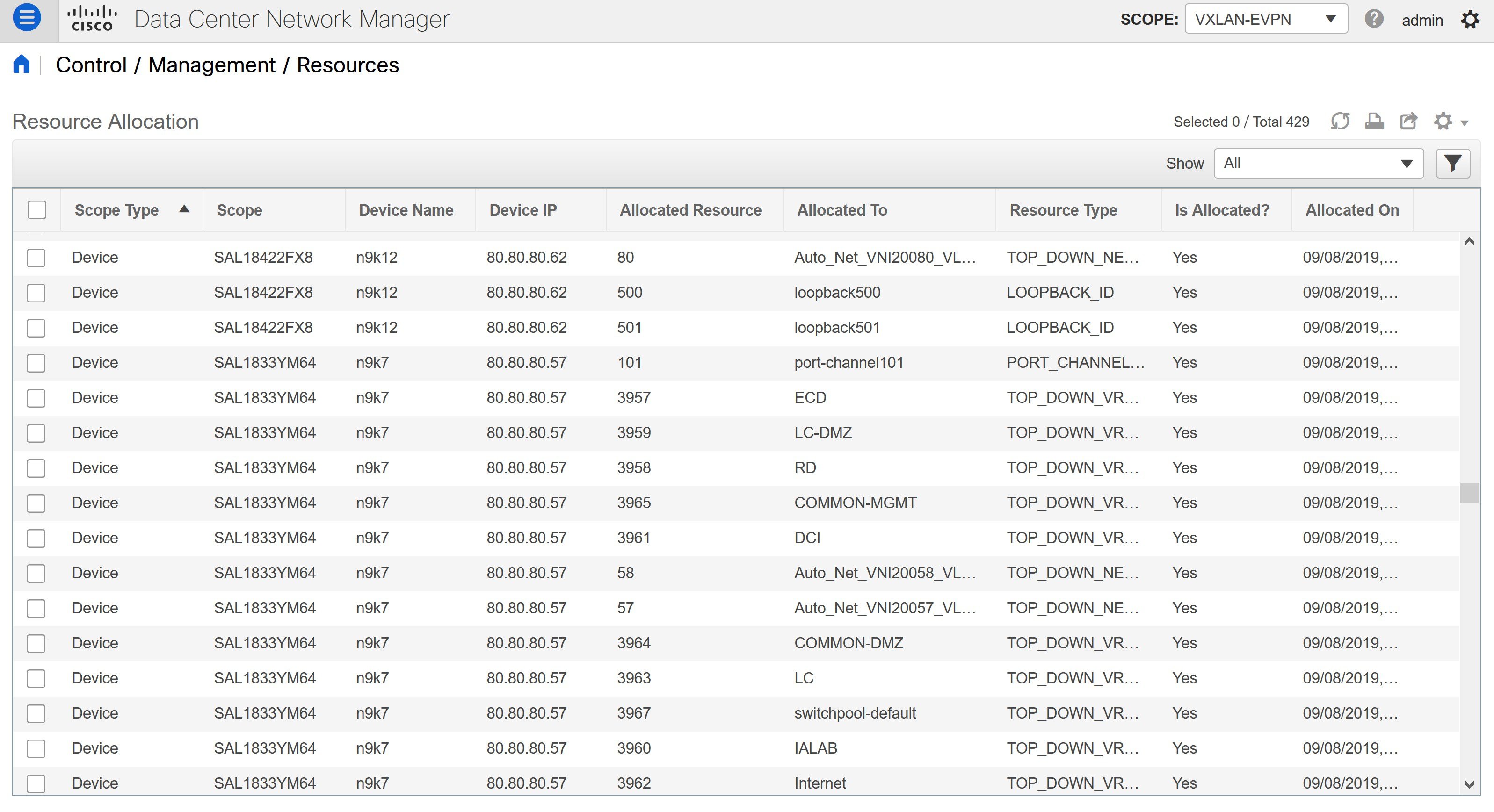


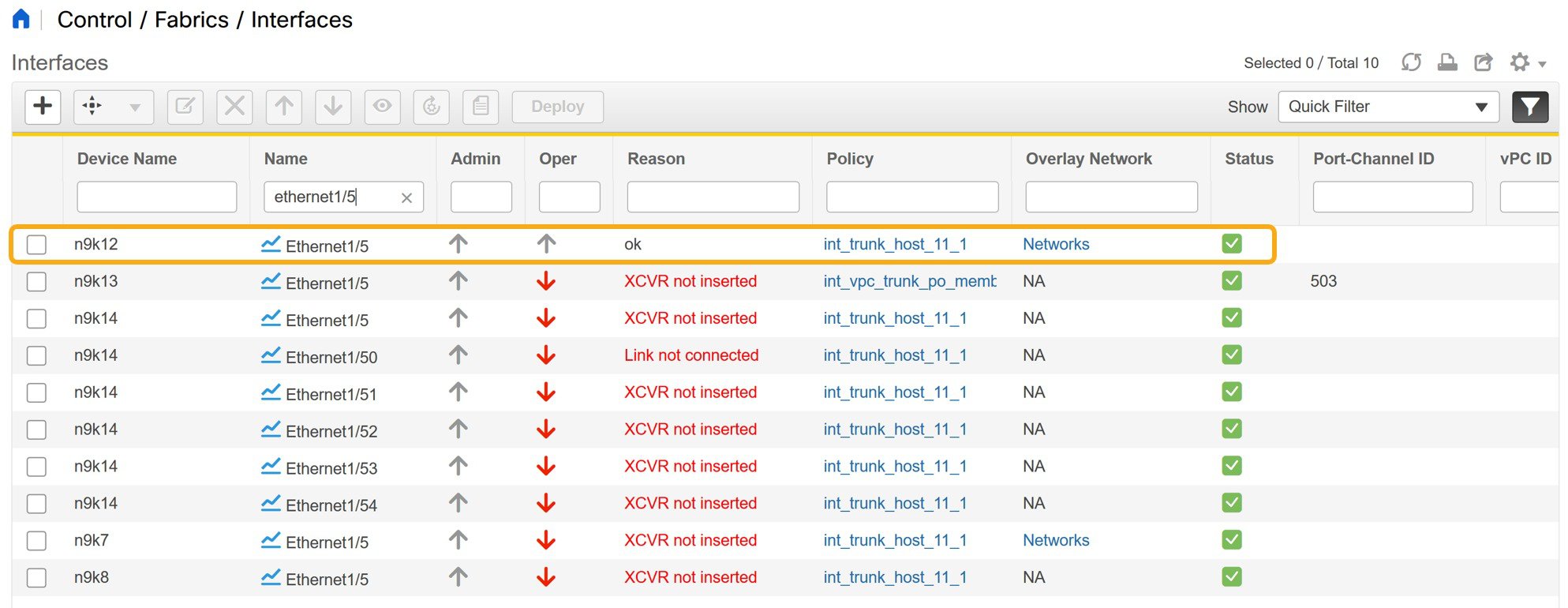
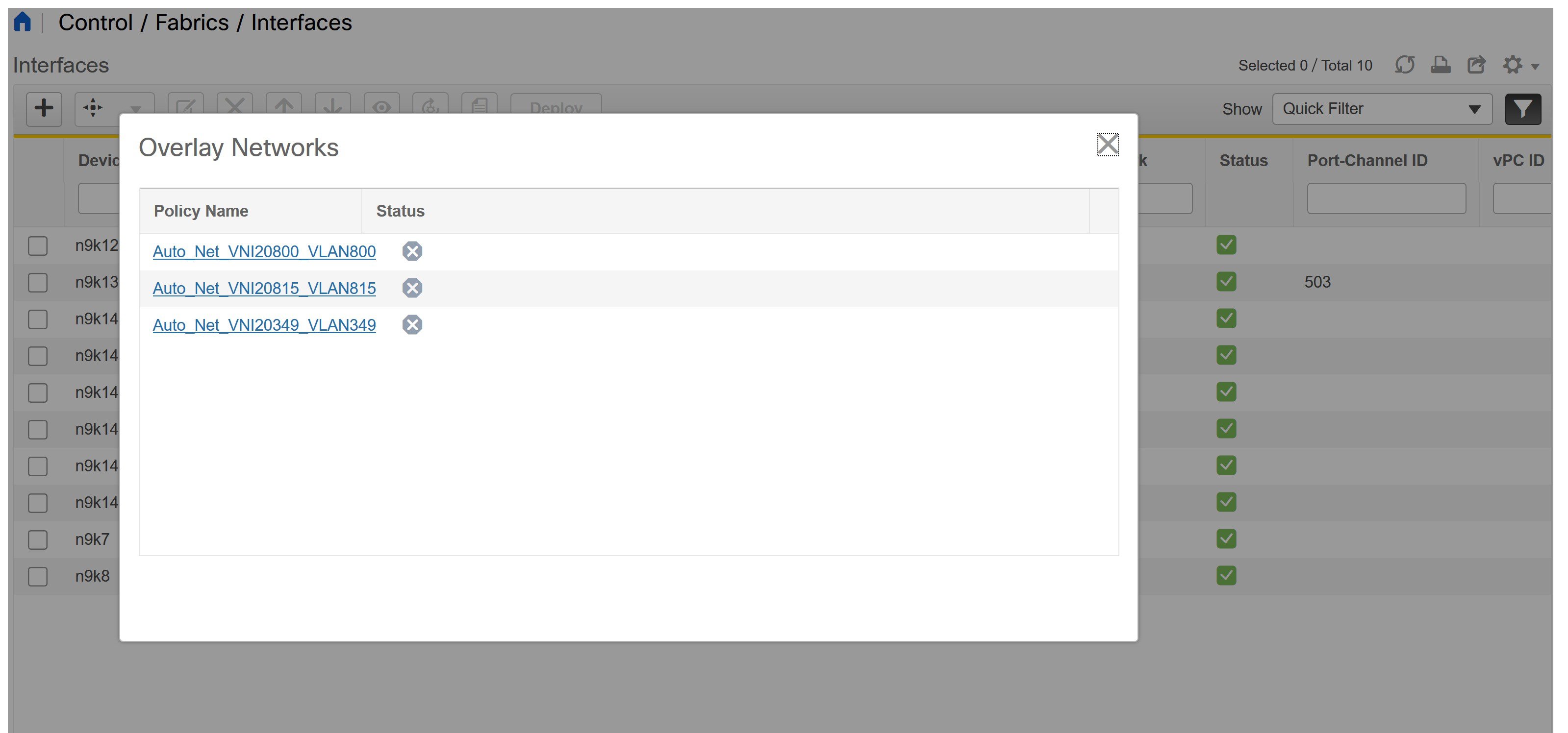
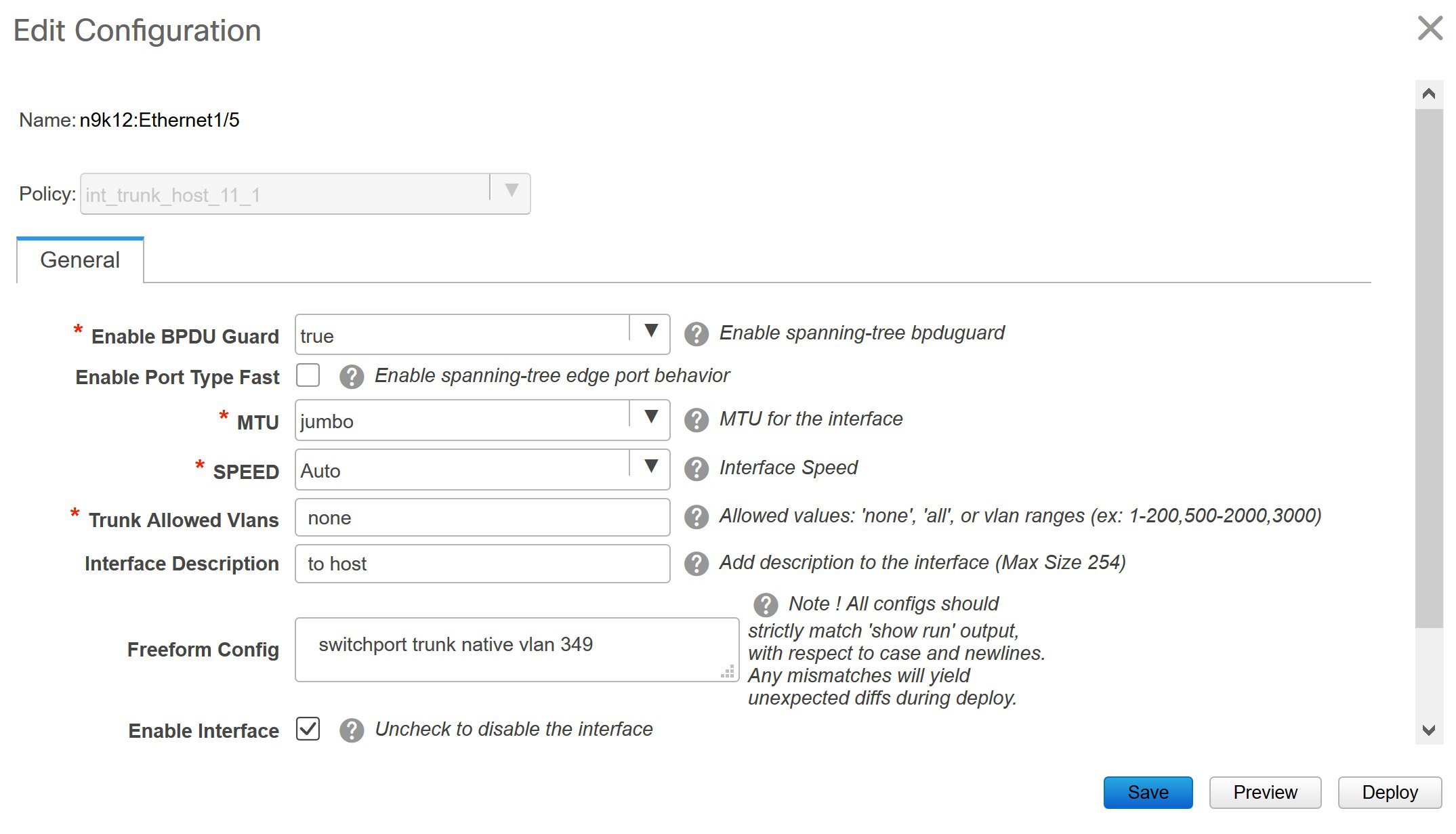

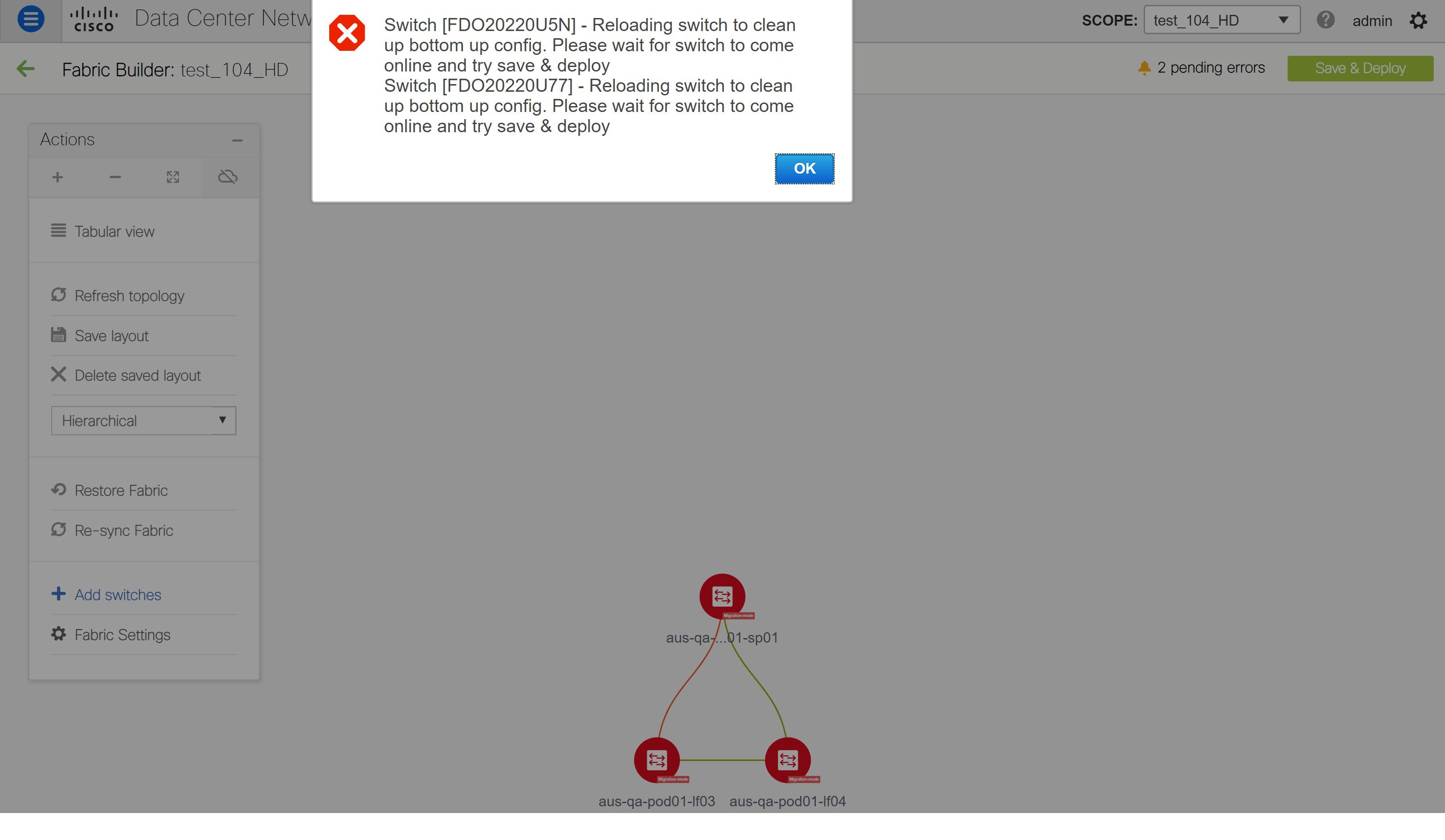
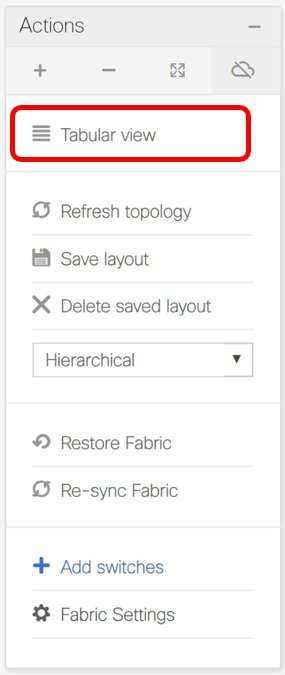
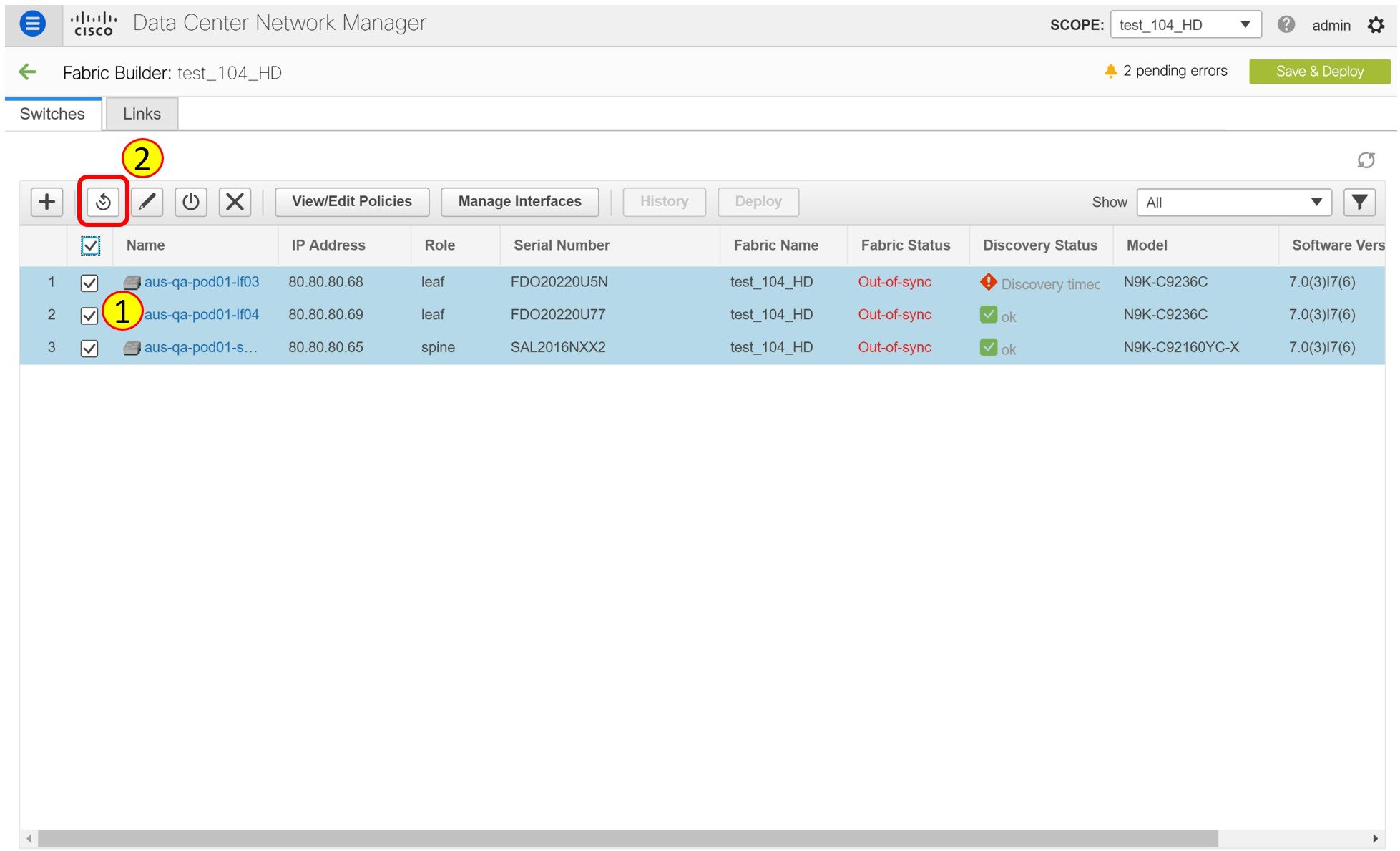

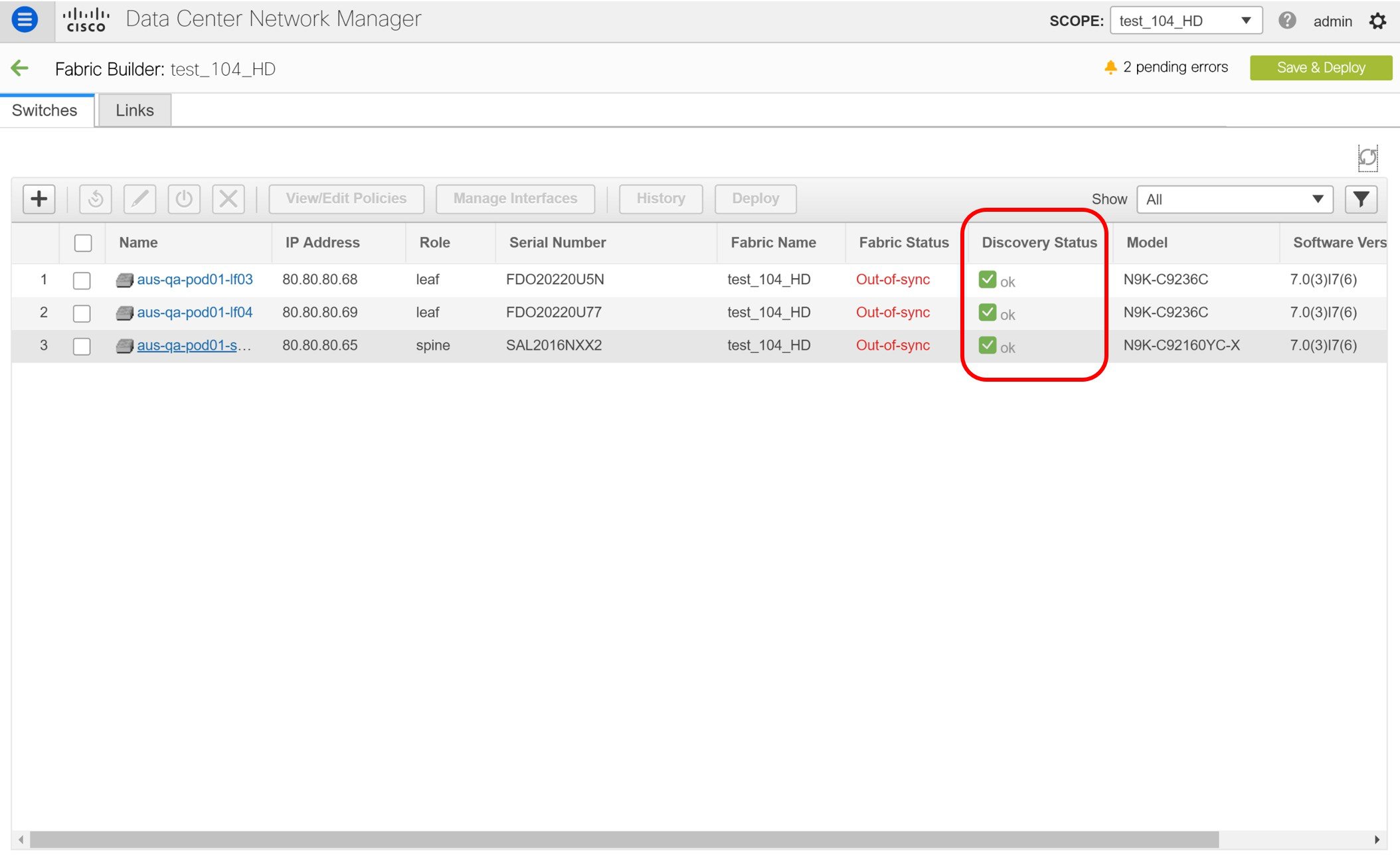
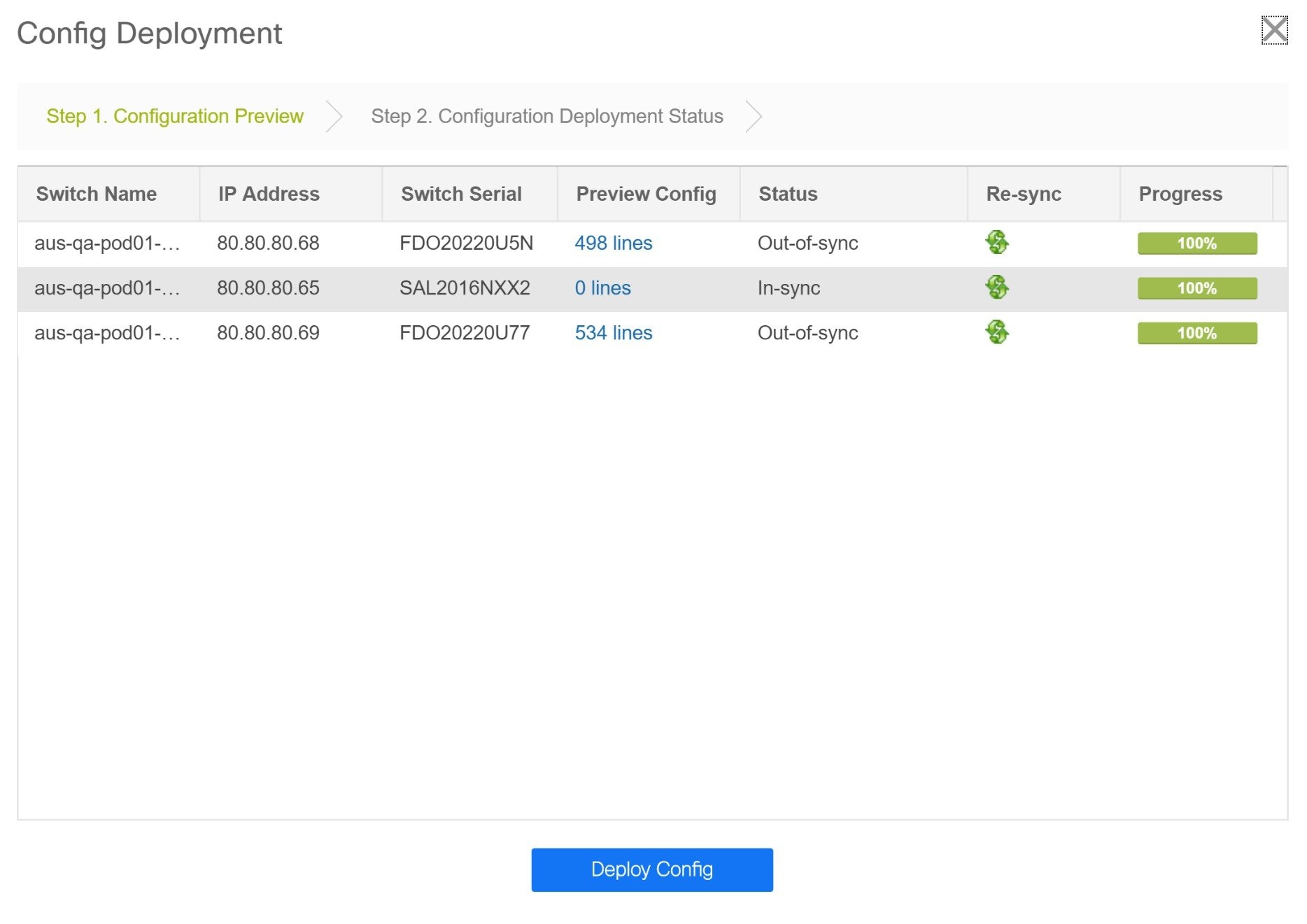
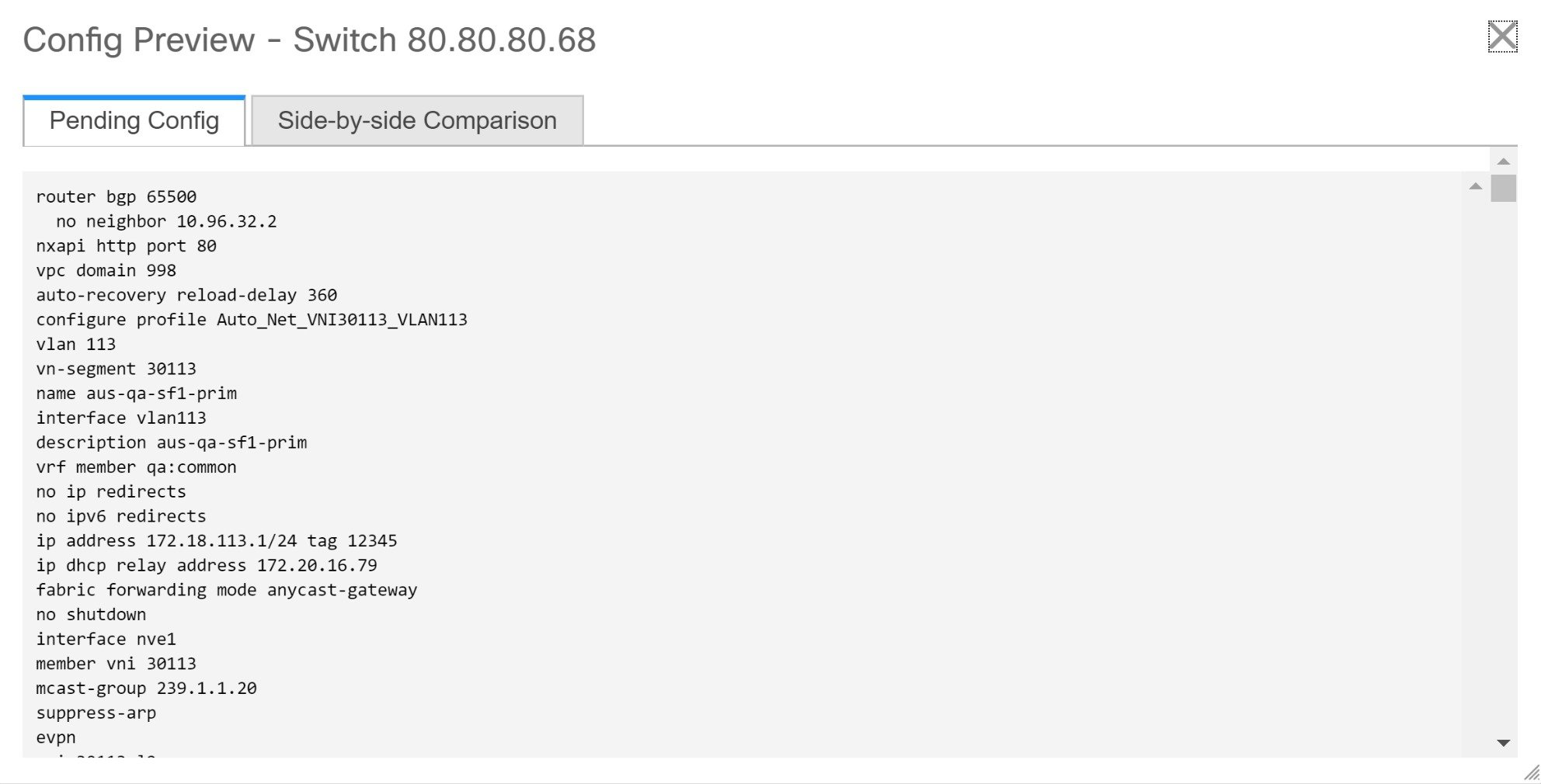
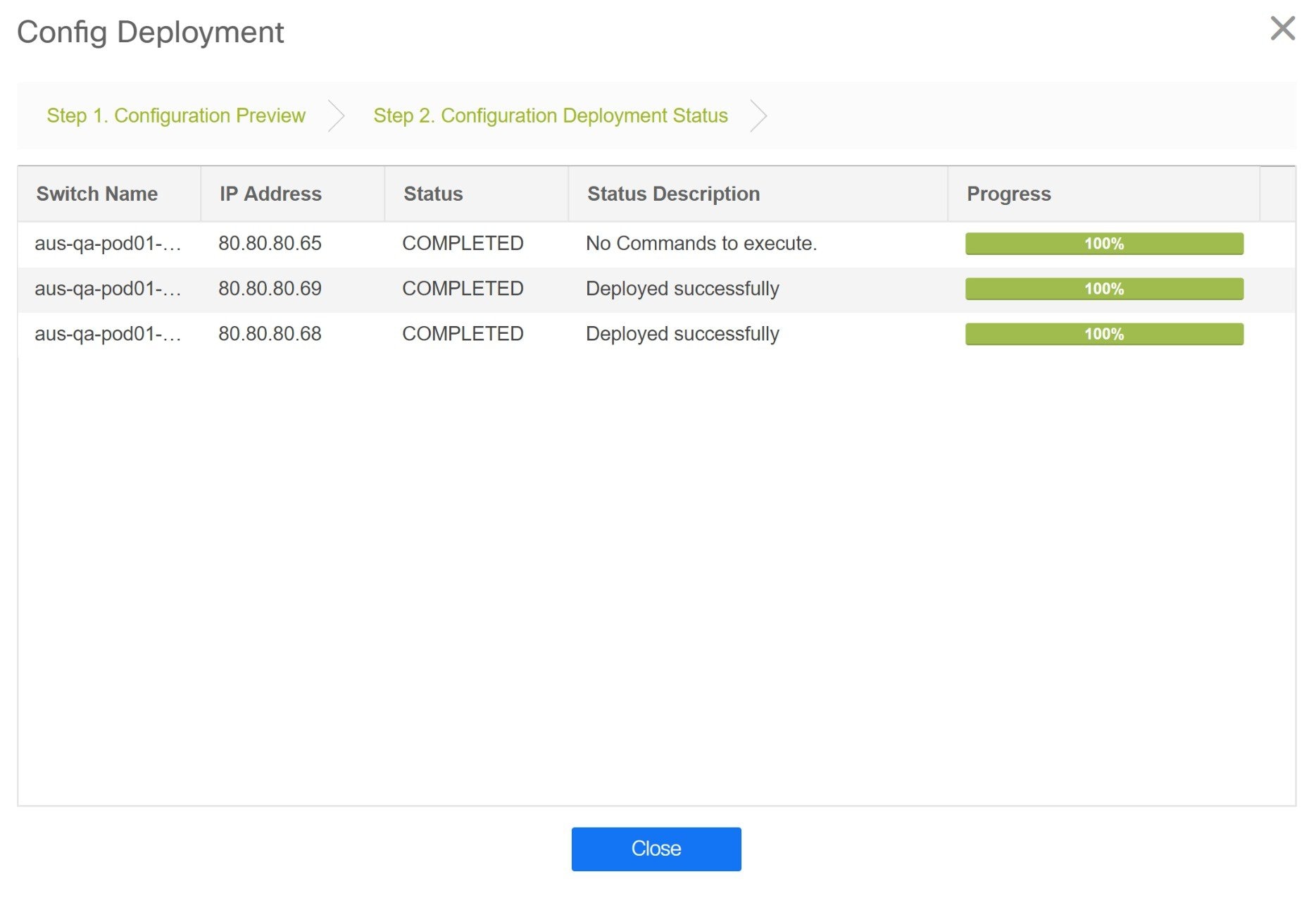
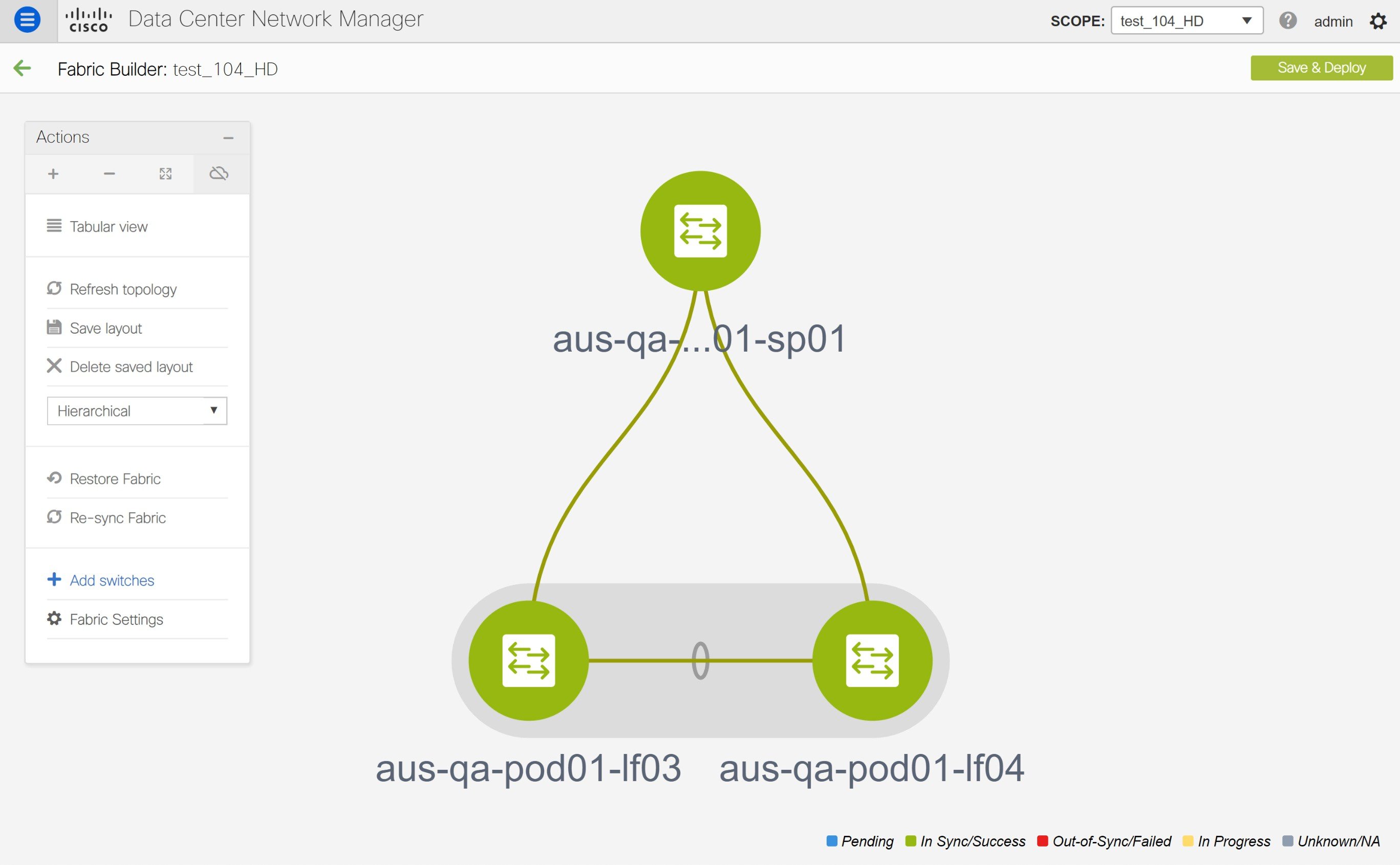


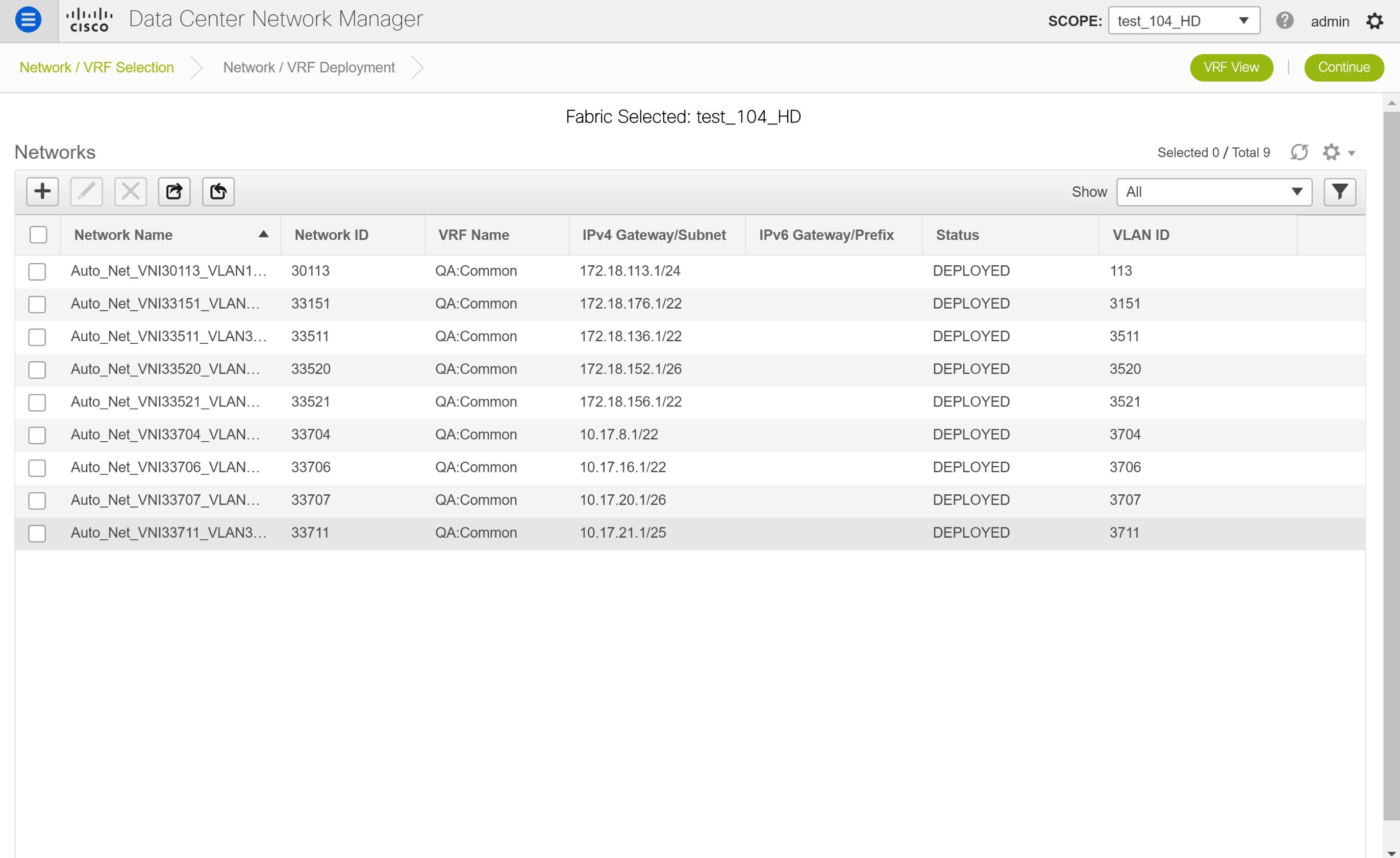
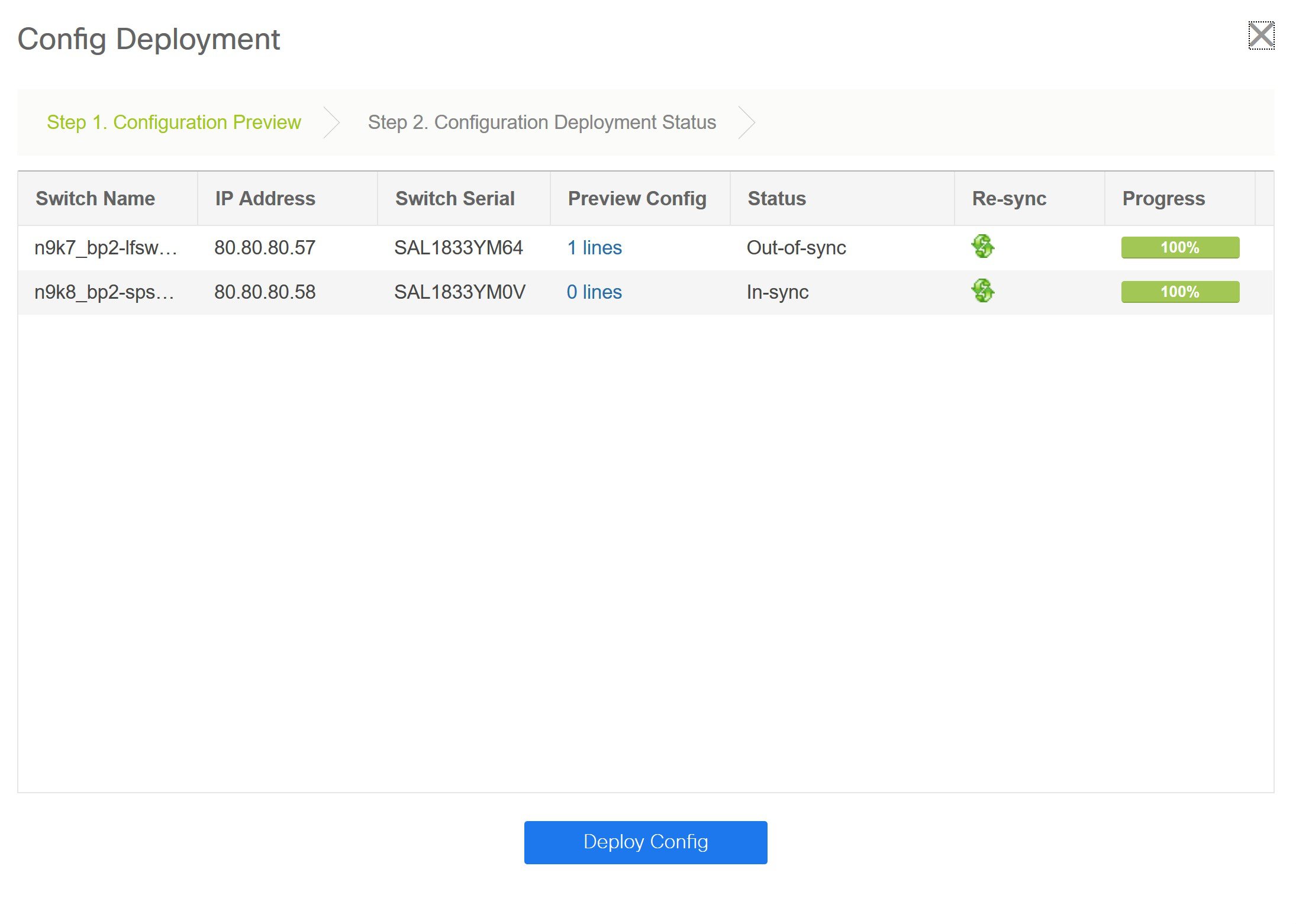
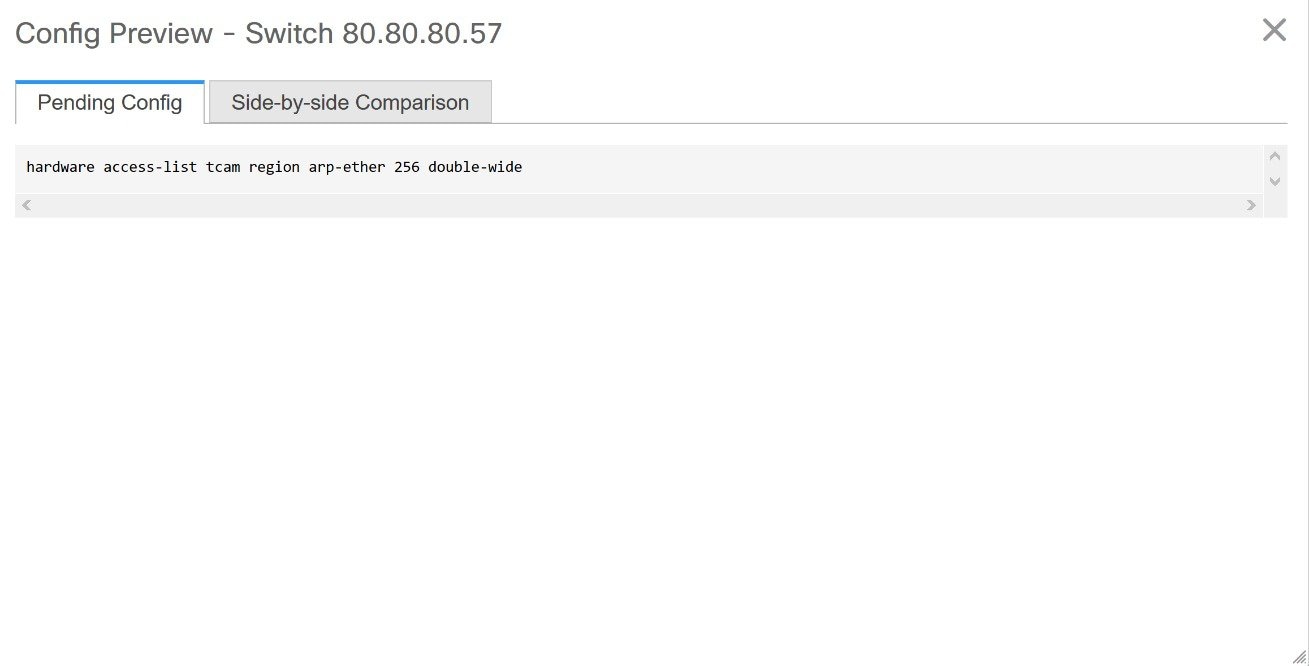
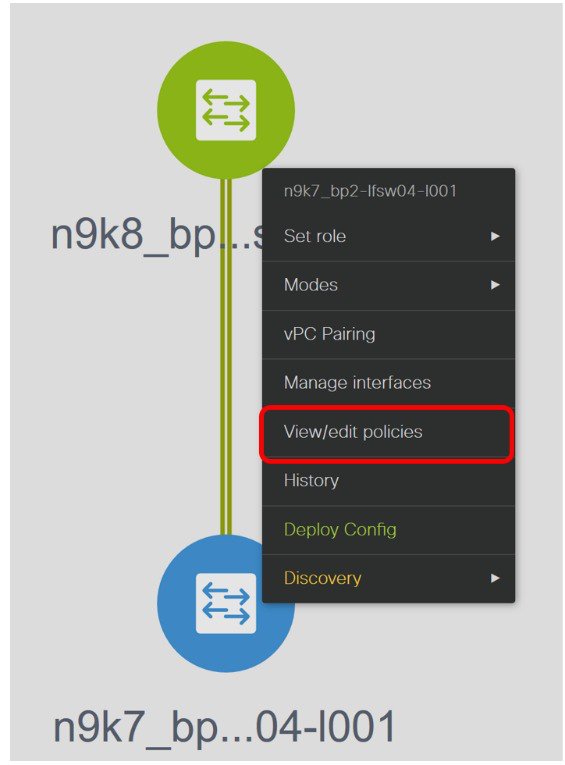
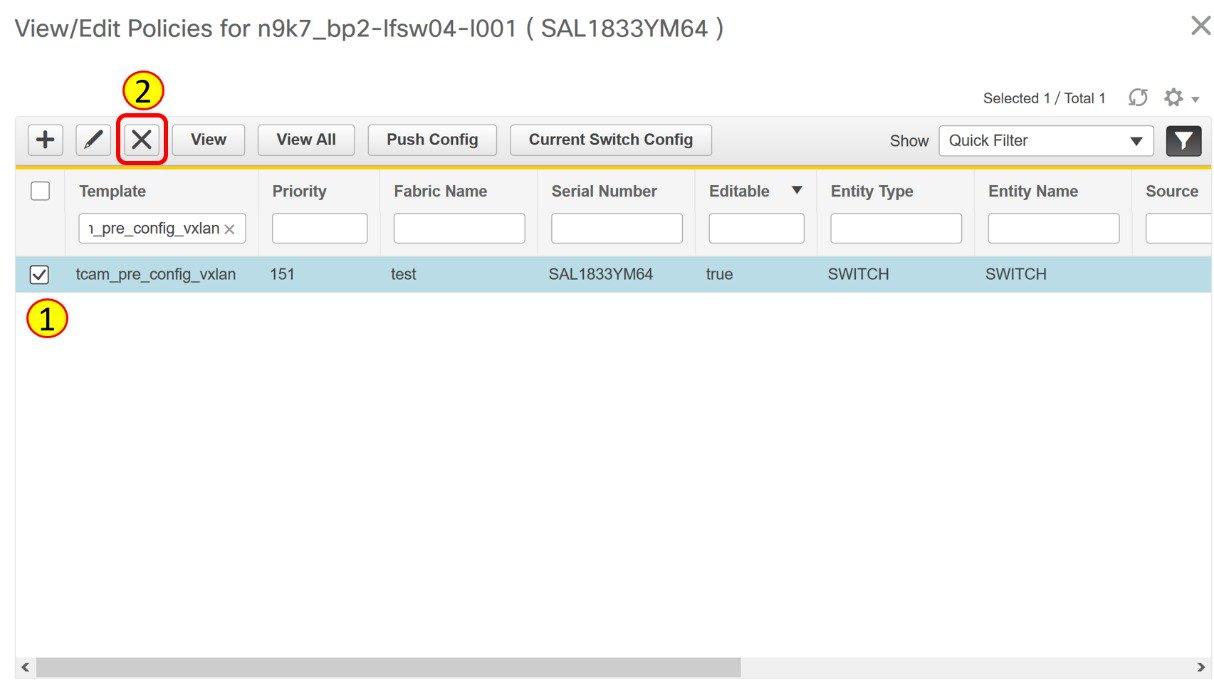
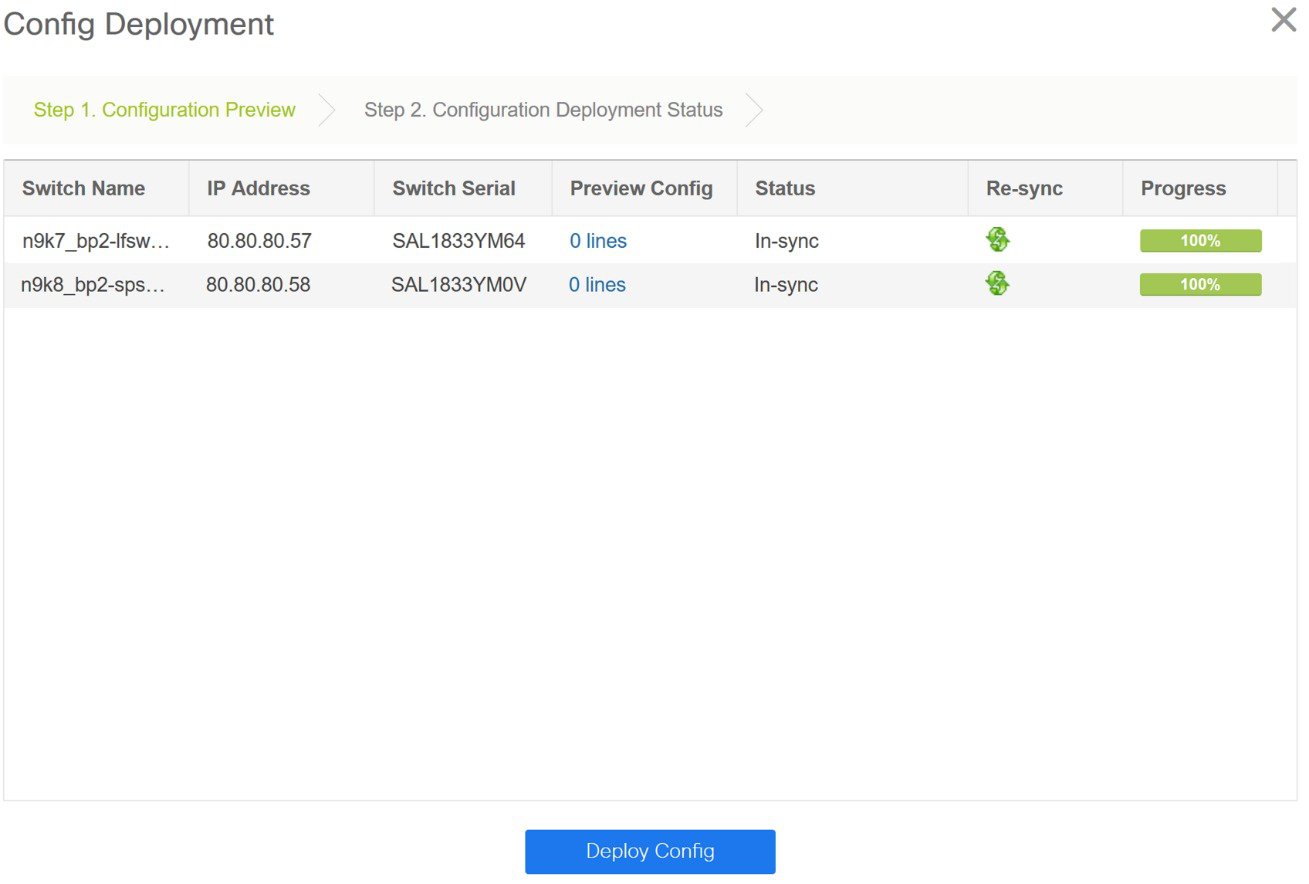

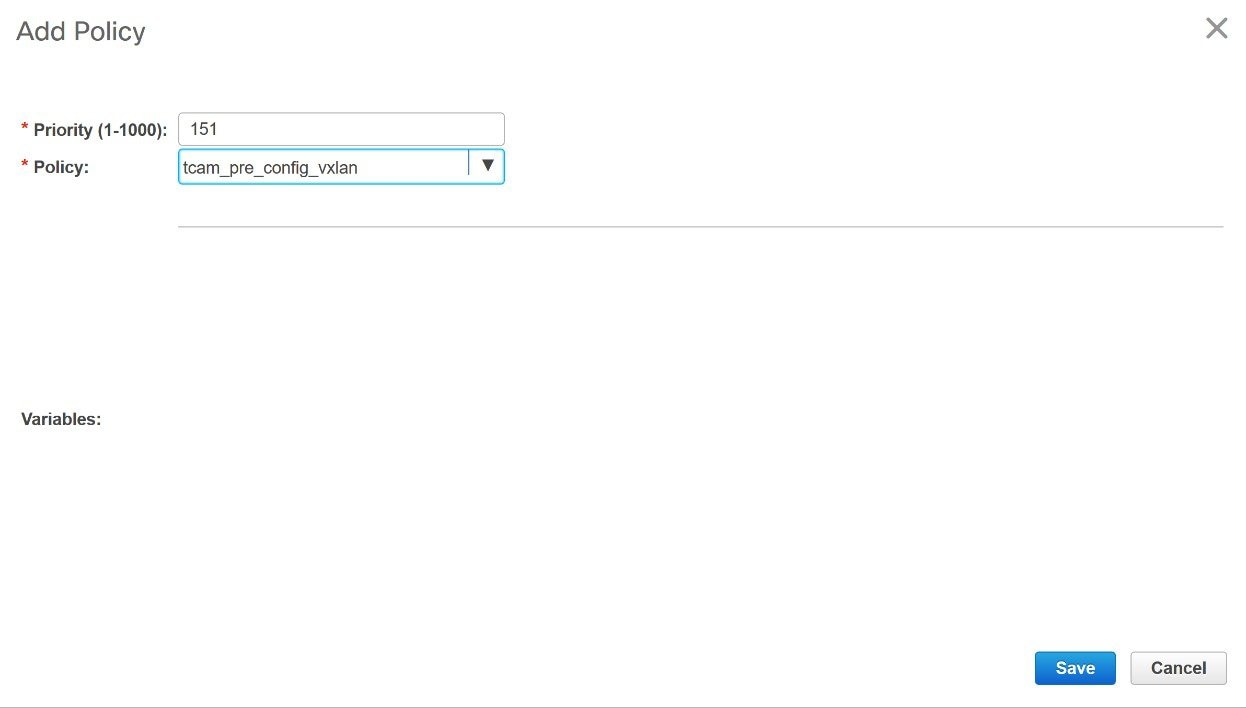
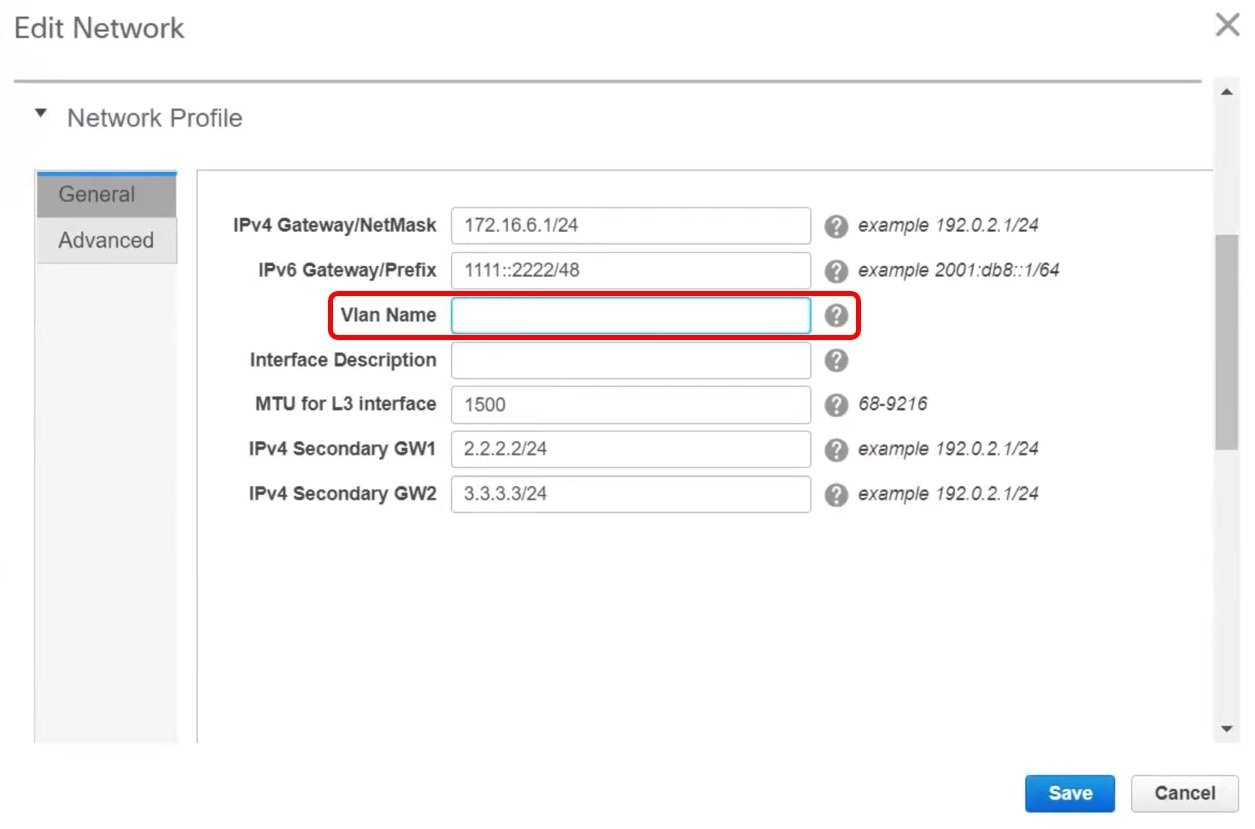
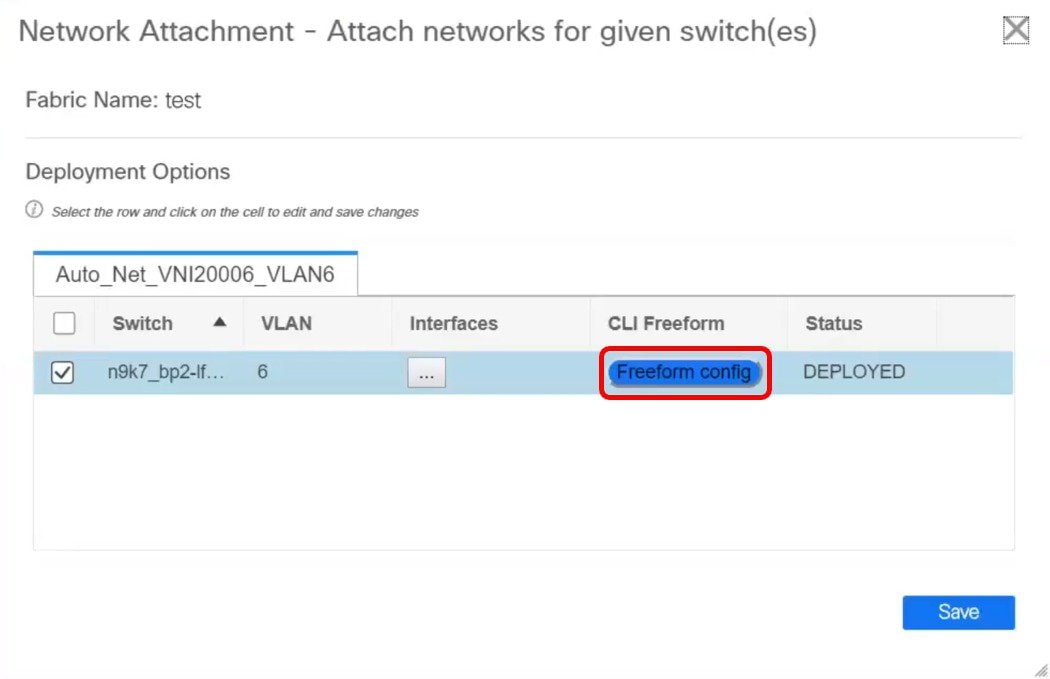
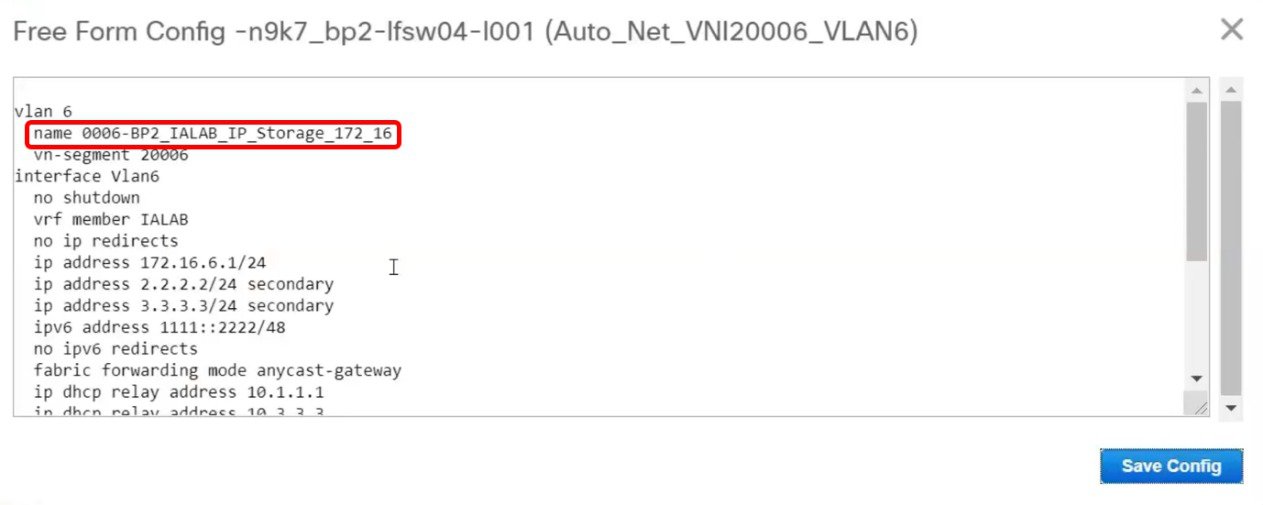
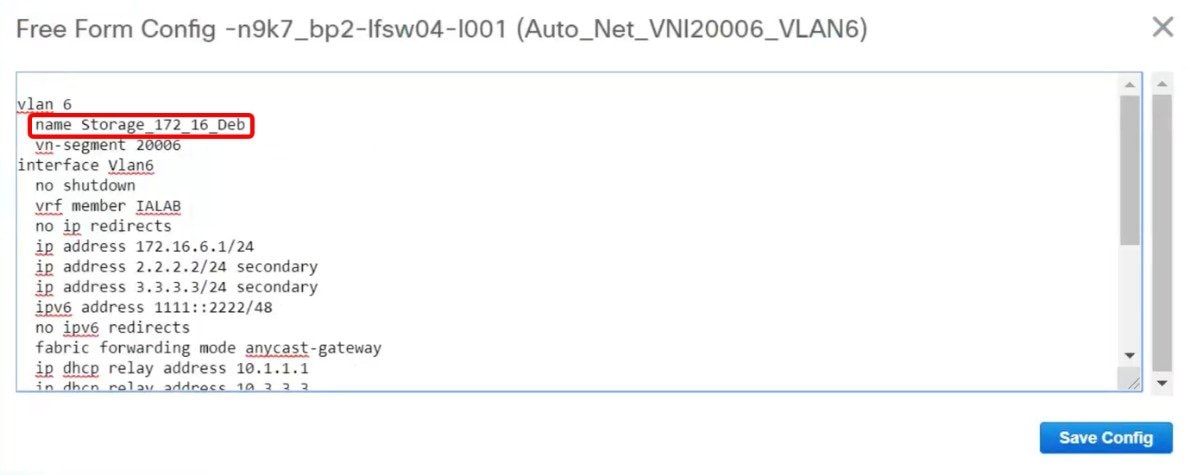


 Feedback
Feedback